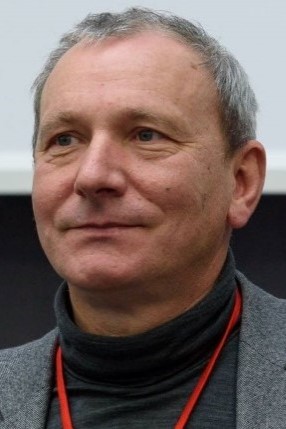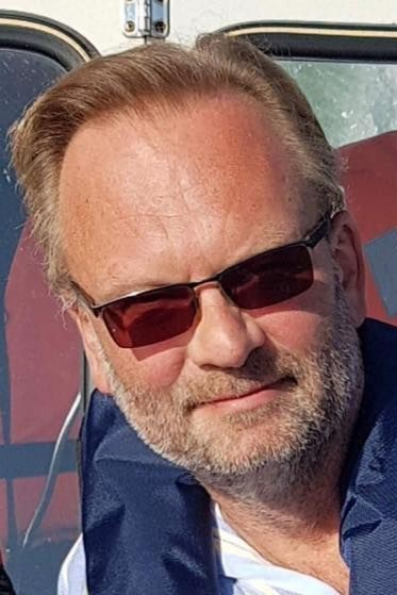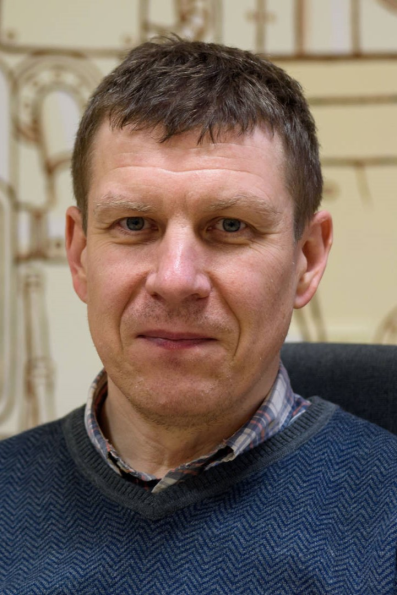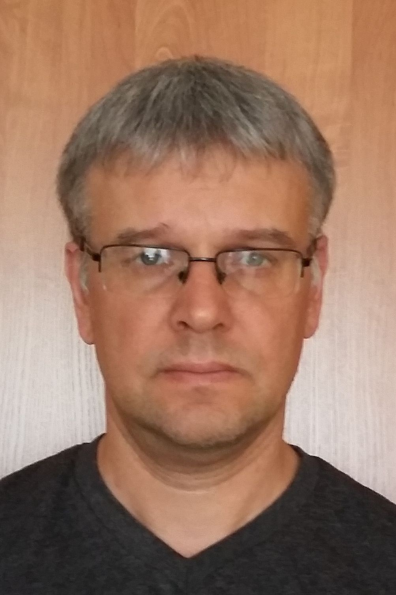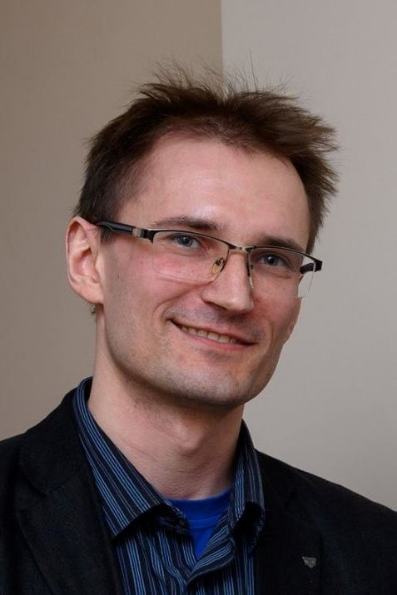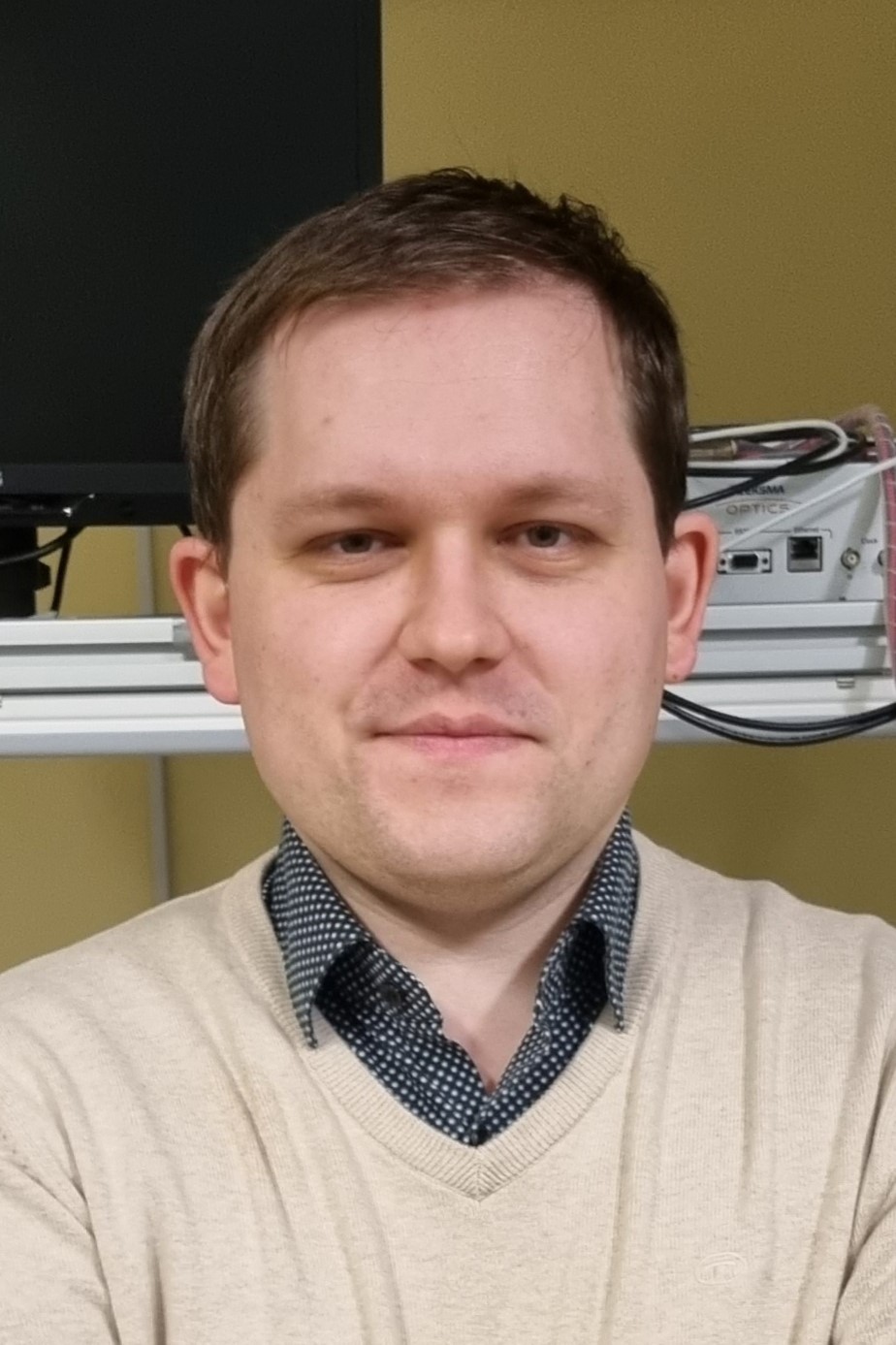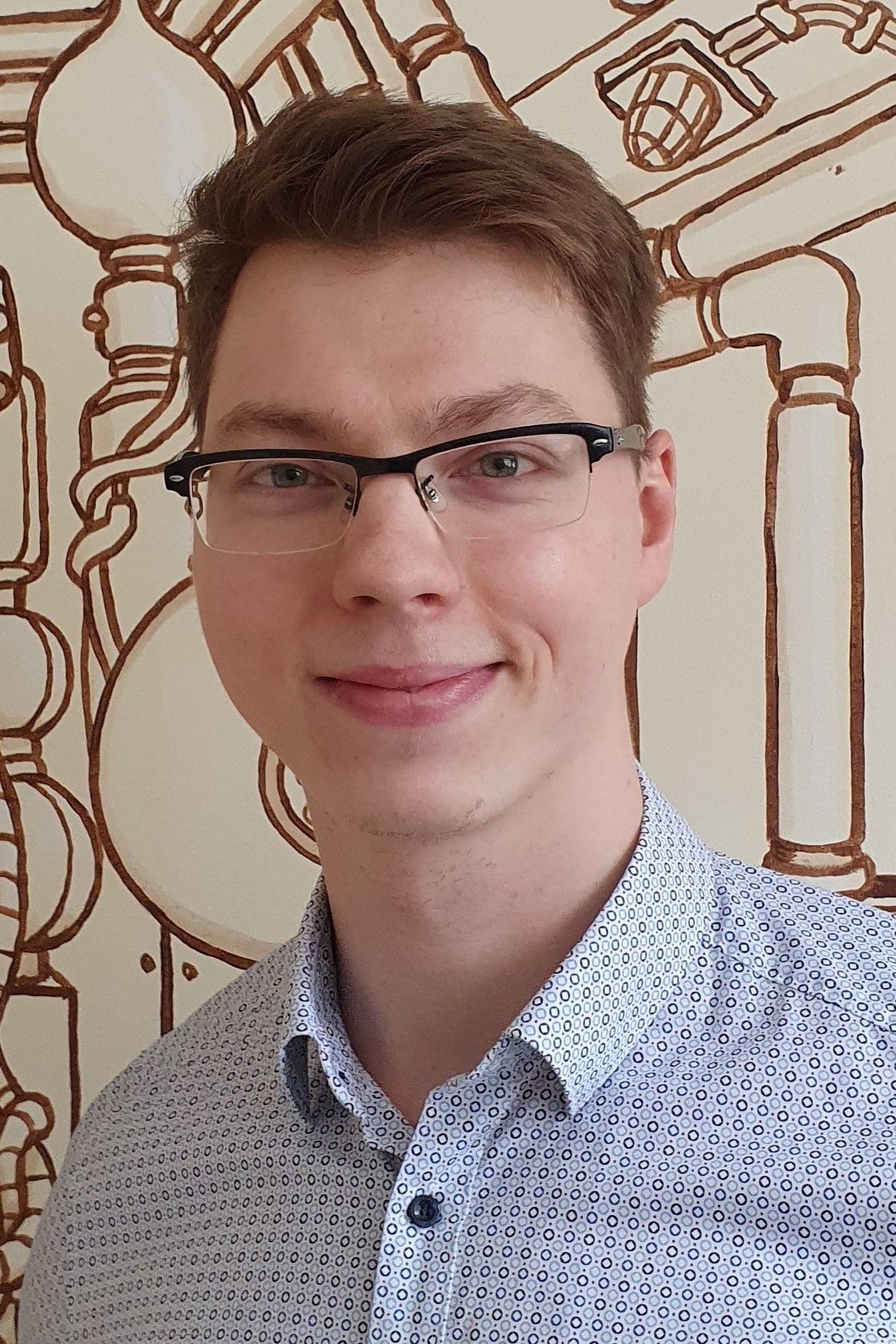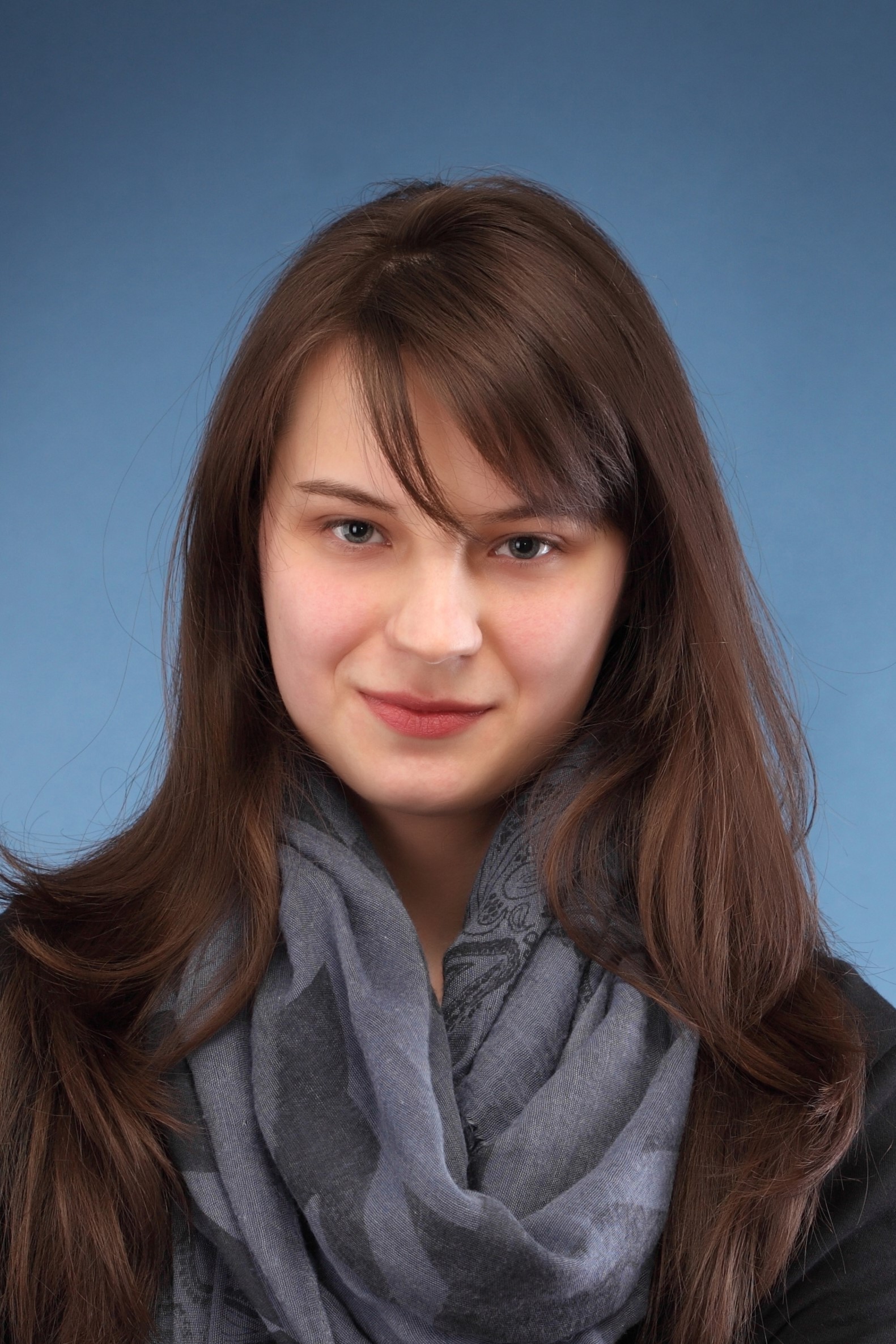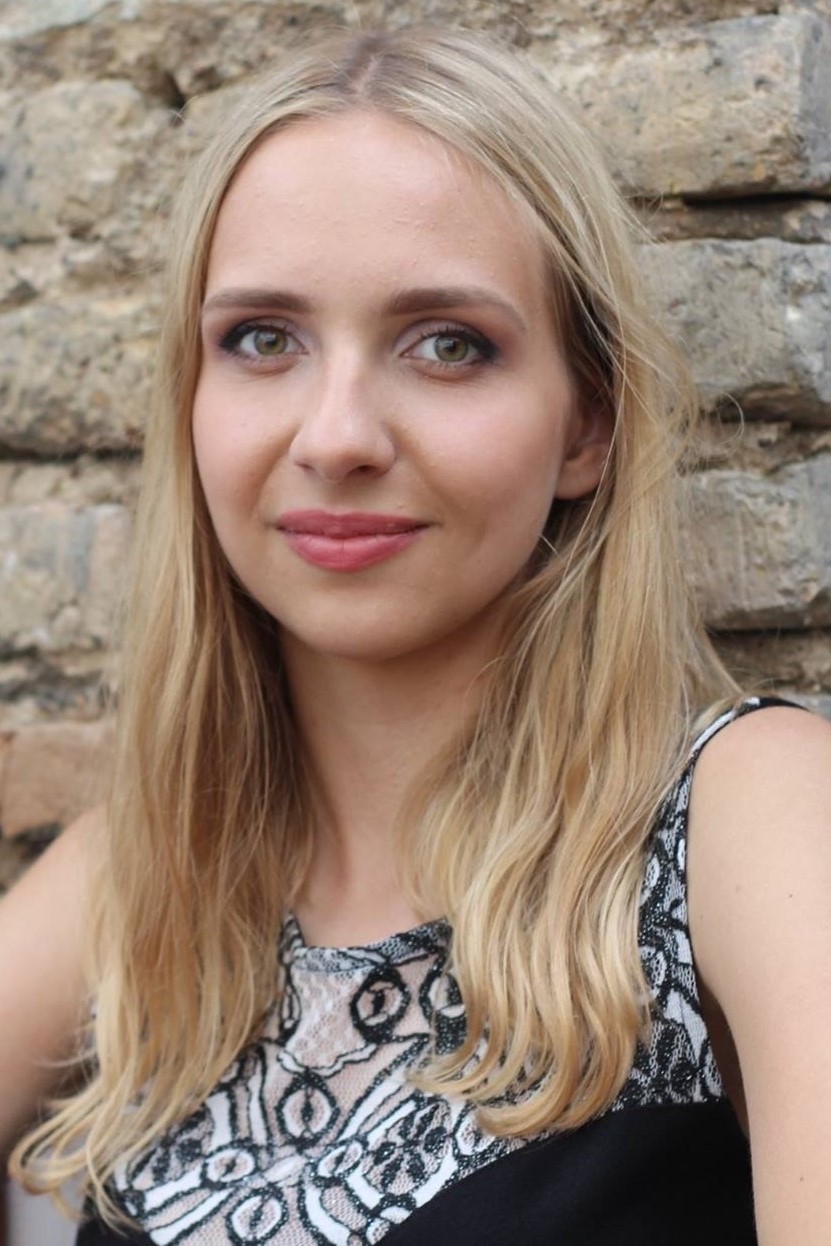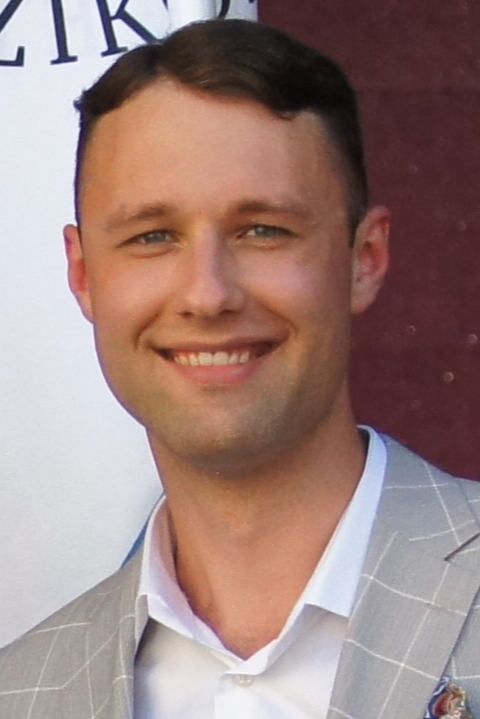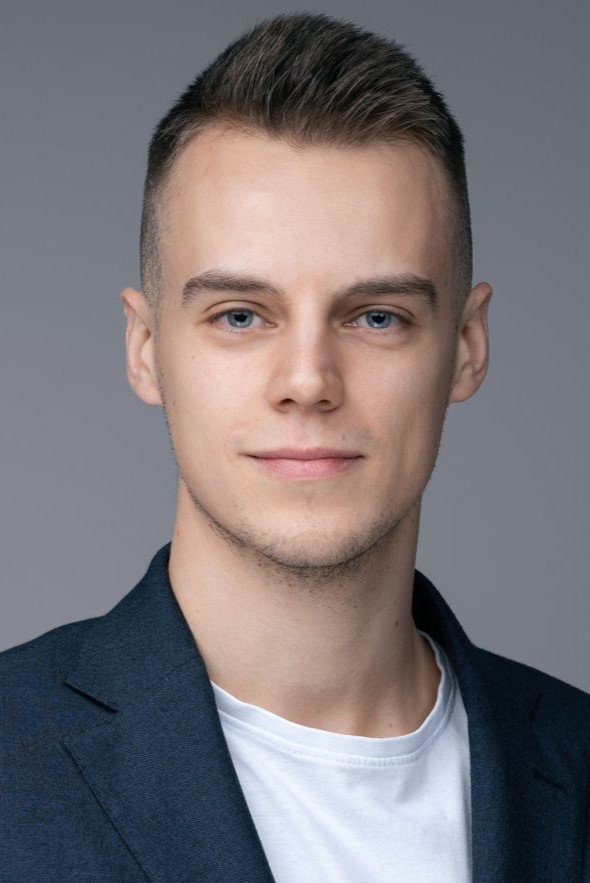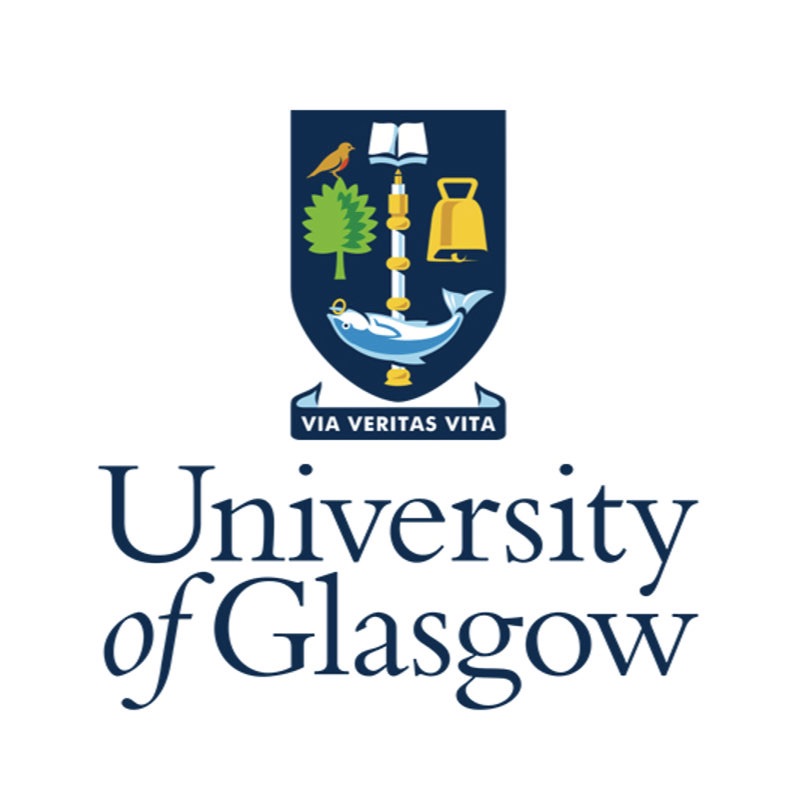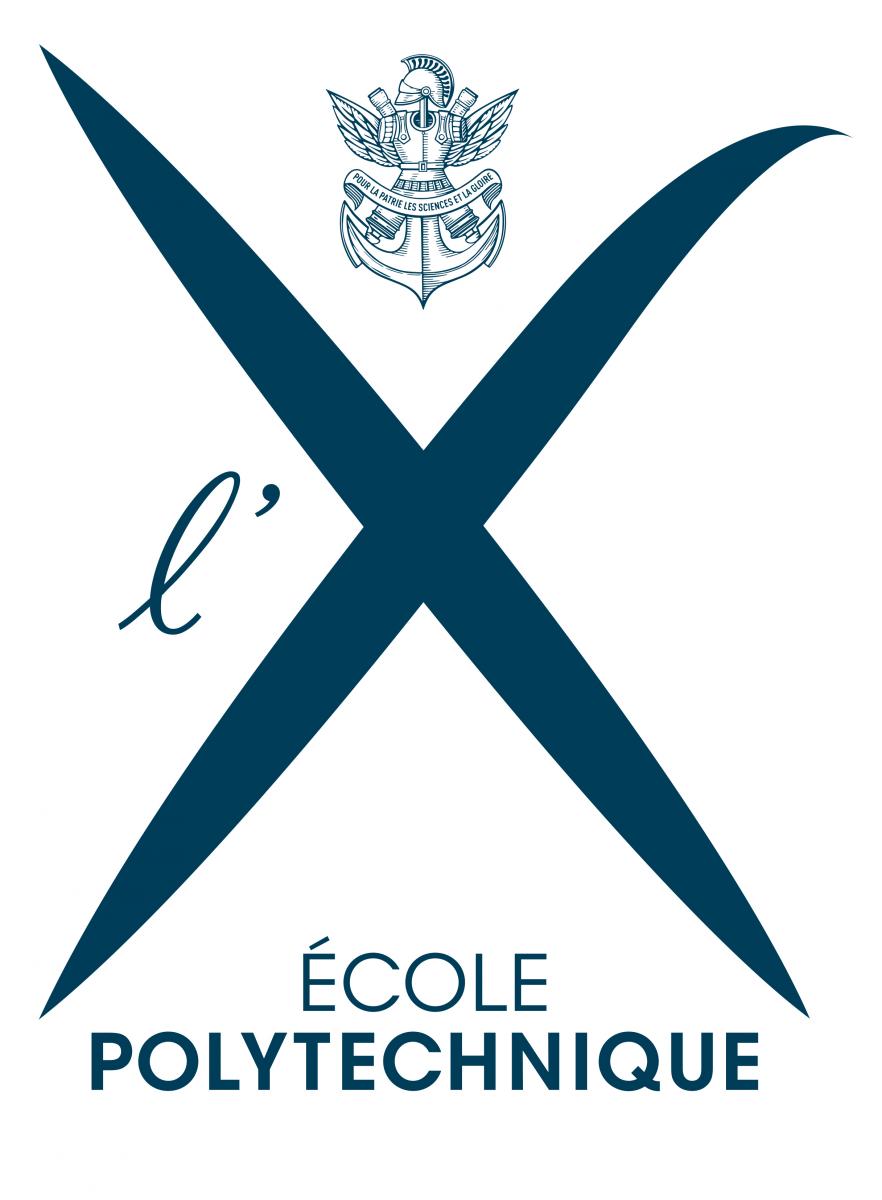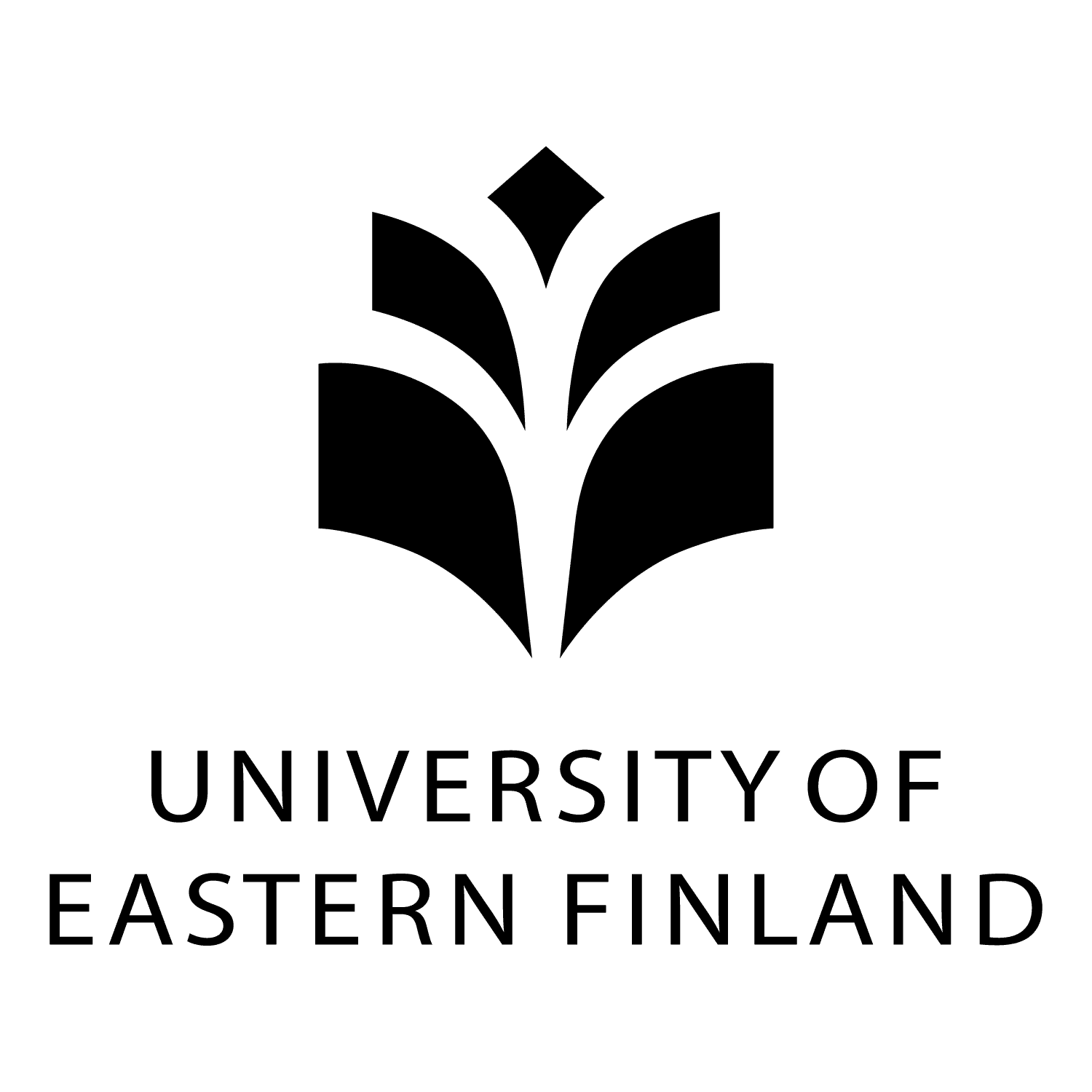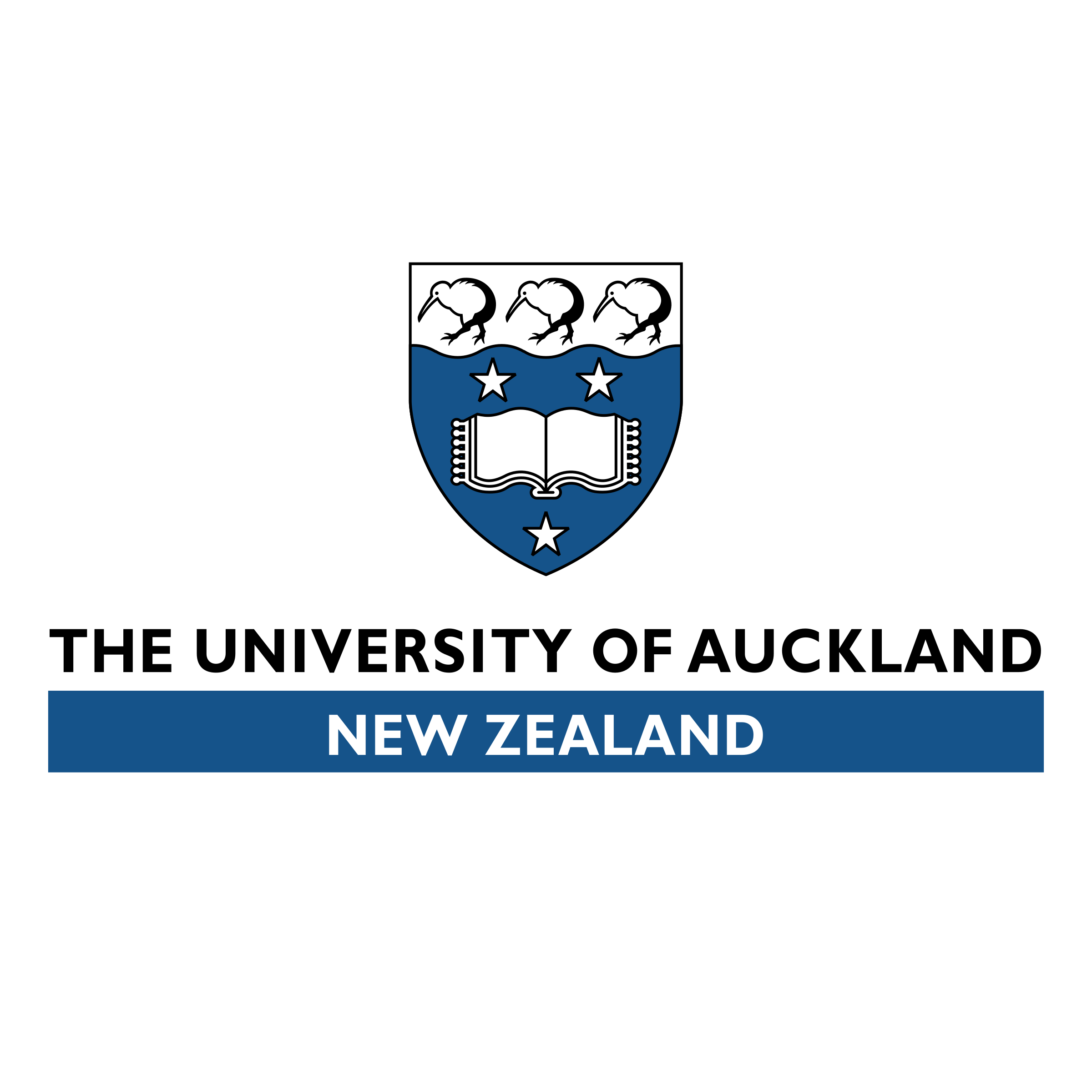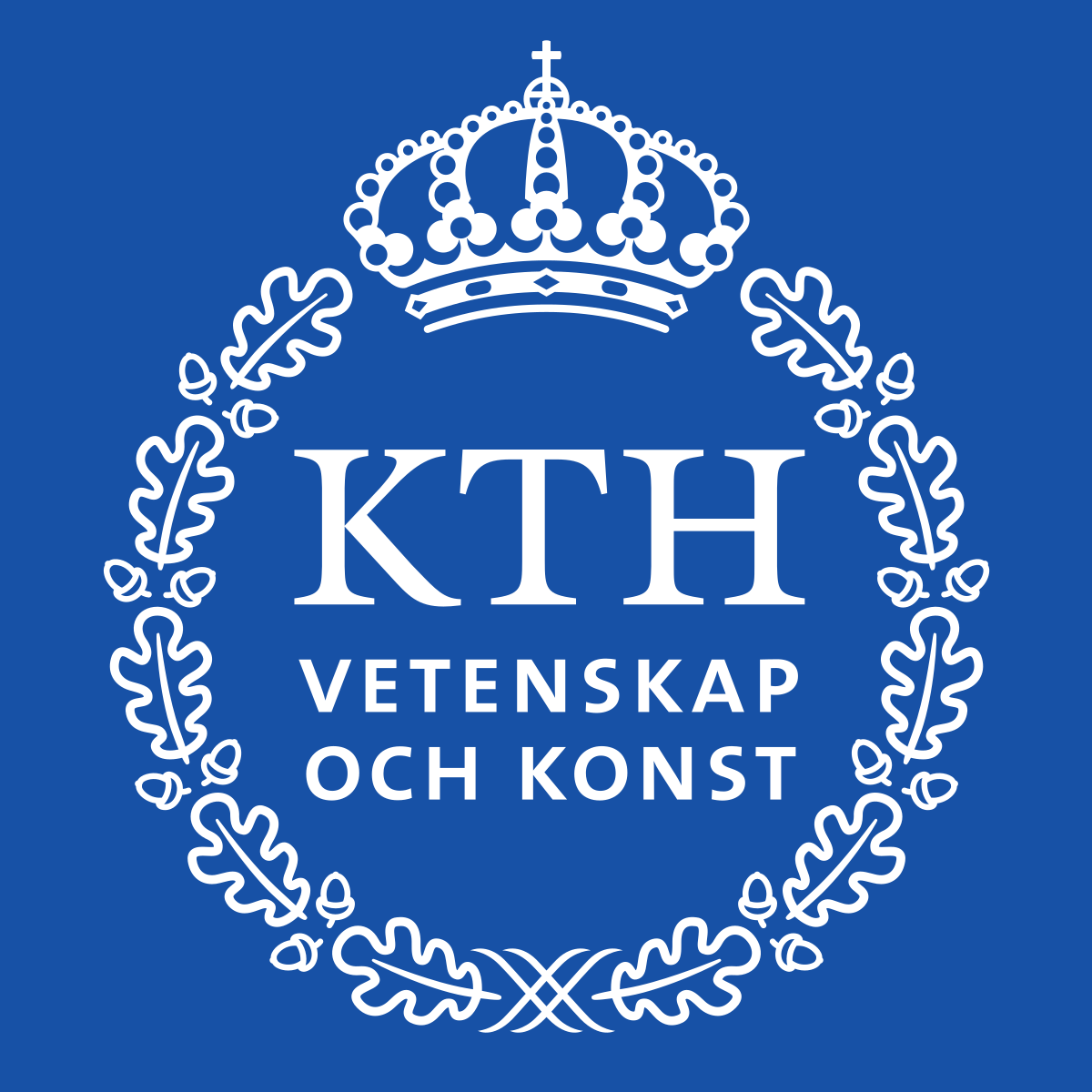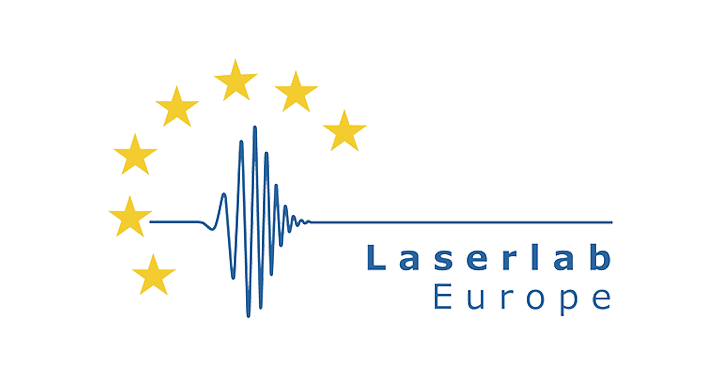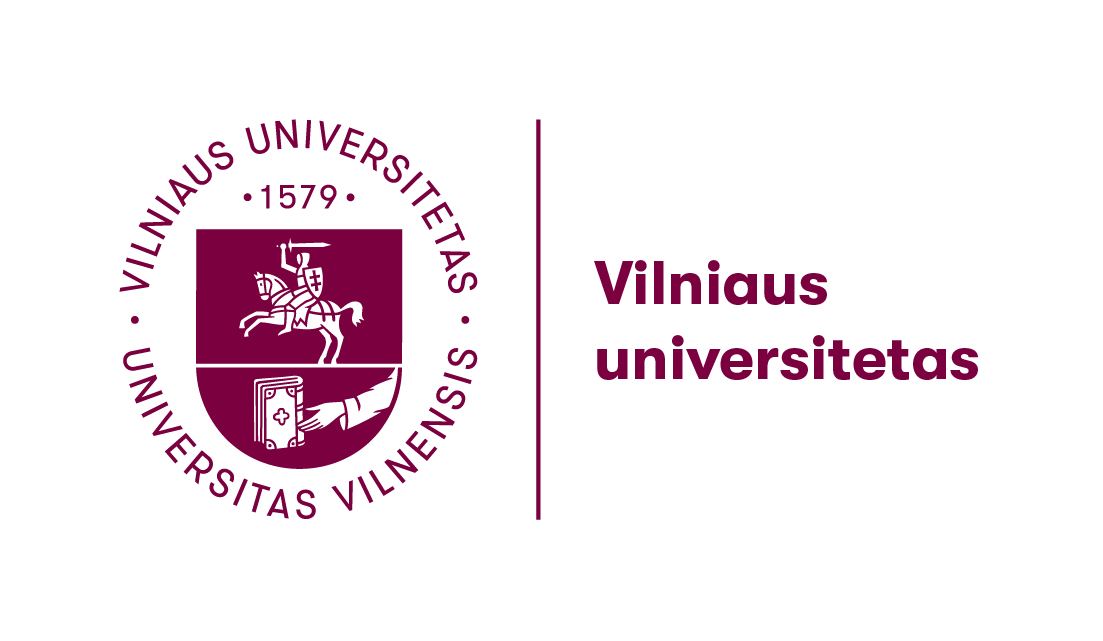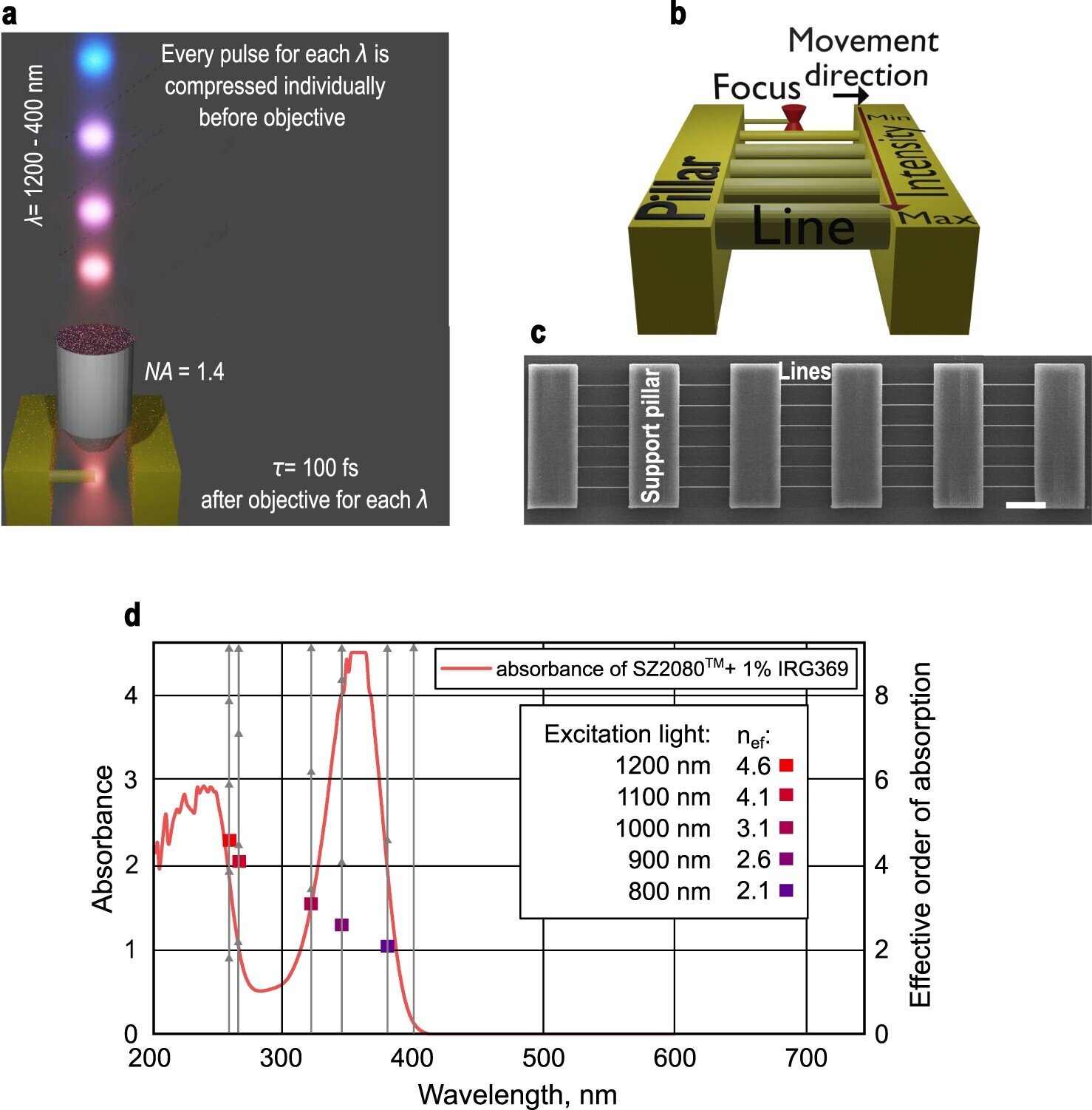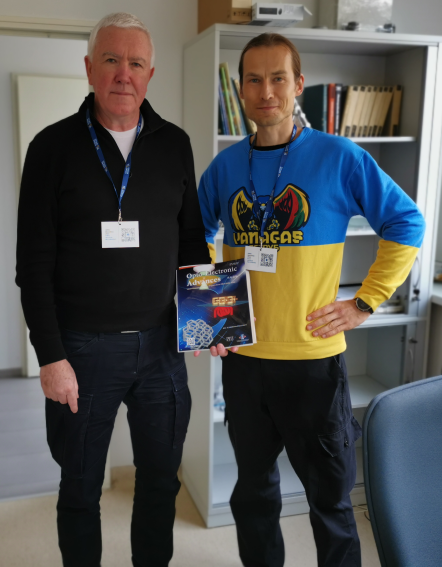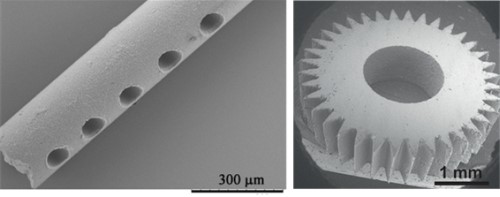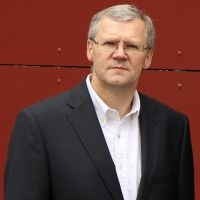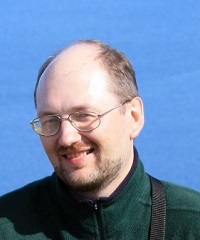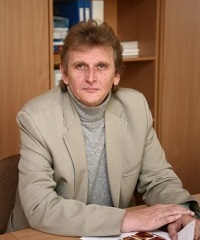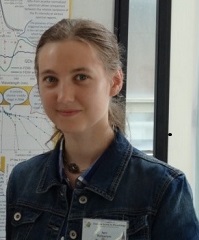3. Effects of electric current and electrical safety
It is important to be aware of the harmful effects of electricity on the human body and to be familiar with safety techniques. This is especially important for all categories of medical staff, who use many modern electrical devices in contemporary diagnostics and treatment.
3.1. The effects of static electricity and protection from them
Under the influence of light, pressure and friction, the surfaces of the human body acquire a static electricity charge. In terms of energy, the processes are very weak, but they do have an effect on nerve receptors causing additional unwanted annoyance which is particularly unpleasant for older people.
Charging arise not so much through the breaking of chemical bonds, as by sweeping away a layer of ions from clothing - charged dust particles with adhering ions. If a person wears synthetic clothes, then the friction between the clothes and his body charges them with the opposite polarity and the clothes can then stick to the body or trail sparks. Sparks are formed in dry air when there is a potential difference at least of several hundred volts.
A static electricity charge is not only a harmful irritant for human skin, but a source of several possibly dangerous effects. Two major potential risks have been identified:
- Sparks from static electricity can cause an explosion, if explosive gases such as ether or cyclopropane are being used in scientific experiments or in medical procedures, such as anesthesia, for example.
- There may be secondary hazard if the person responds to a sudden spark with involuntary movements. In such a case, glass containers can be dropped and broken, showering equipment with liquids, or, for example, leads connected to a patient can be pulled and disconnected.
To avoid such risks, synthetic clothing should not be worn; indoor floors should be conductive so as not to accumulate a static charge. All tables and carts should be on wheels with rubber tires. In addition, the use of explosive gases should be avoided.
3.2. Effects of electric current
Basically, the flow of an electric current in the human body is dangerous. The damage caused by the electricity is defined by the strength of the current, which depends on the voltage and the resistance of the whole circuit. The voltage is determined by the voltage of the device power supply, and circuit resistance is determined by the human body and the resistance of the two electrodes in the circuit, if present.
The injury to the human body caused by the current depends on the current strength and its changes during exposure, (for alternating current it depends on the frequency) on the length of exposure and on the path of the current: the most serious cases occur when the current flows through the heart and lungs, i.e. from one hand to the other or from one hand to a leg. The greatest damage (thermal or arrest) occurs where the connected electrode has a very small area. From the electrode the current branches out through the body along the path of least resistance. The body can provide several circuits with different strength currents.
Table 1. shows the nature of the effect depending on the strength of the current. The table shows the result of connecting 50 Hz alternating current at various strengths to a dog's chest for one second.
AC is more dangerous, especially 50 Hz alternating current which is most widely used in practice.
Table 2 provides a comparison of the consequences of exposure to Alternating and Direct currents.
Table 1. Effects of AC on a living organism
| Current strength (mA) |
Effect |
| 1 |
Threshold of Sensitivity |
| 16 |
Muscle tightening; cannot pull away from contact |
| 50 |
Pain, possible loss of consciousness, mechanical damage, heart and respiratory system still function. |
| 100-3000 |
Paralysis of the heart and respiratory system |
Table. 2. AC and DC effects on humans
| Current strength (mA) |
Effect on human |
| AC (50 Hz) |
DC |
|
| 1-1,5 |
5-6 |
Threshold of Sensitivity |
| 15 |
70-80 |
Painful muscle cramps |
| 25 |
90-100 |
Respiratory spasms, severe pain |
| 80 |
300 |
Ventricular fibrillation, risk of death |
| 100 |
500 |
Heart failure, clinical death |
Data in this table correspond to those cases in which the electric current enters through the surface of the body and leaves from it. If the current enters and leaves directly through the heart surface (as with a catheter), then even a few tens of microamperes current (a voltage of less than 5 volts) causes cardiac ventricular fibrillation. In such cases the safety limit is set at 10mA.
As already mentioned, the resistance of the human body has a major influence on the current strength. The smallest individual resistance characterizes the tissues of the human body with more electrolyte and fewer partitions. Intercellular fluid better conducts Direct Current as there is no obstruction from membranes. Table 3. presents the resistivity of various types of human tissue.
As can be seen from Table 3, an electric current can select a path of lesser resistance, but cannot bypass the skin. The resistance of the skin therefore determines the strength of the electric current flowing through the body. The resistance of all types of tissue may vary depending on their functional state, i.e. being filled with water (edema), or blood. In addition, the resistance may alter after the first effects of electricity; the cells “remember” that a current flowed through them.
Table 3. Human tissue resistivity
| Tissue |
Resistivity , W×m |
| Spinal cord |
0,55 |
| Blood |
1,66 |
| Muscle |
2,0 |
| Neural tissue |
14 |
| Fat tissue |
33 |
| Dry Skin |
105 |
| Bone |
107 |
The resistance of the skin is dependent on its age, thickness and moisture content and decreases with increasing contact pressure. For example, if the skin is moist at the time of a treatment, the contact resistance with the electrode in place can be 1 – 5 kW. It is a very important fact that the resistance depends on the voltage. This relationship is illustrated in Figure 1 which registers the resistance of the human skin by changing the voltage between the hands when the skin is intact. It can be seen from this graph that at 100 V the resistance can vary ten-fold depending on thickness and humidity. When the voltage is higher, this difference decreases, and the resistance also decreases.
Table 4 shows skin resistance and voltages which are dangerous in some cases.
Table 4. Skin resistance and dangerous voltages
| |
Skin resistance, W/cm2 |
Hazardous voltage, V |
| Dry skin |
93×103 |
61 |
| Skin soiled with electrolytic gel |
10,8×103 |
7,96 |
| Wet skin |
200 |
1 |
Resistance decreases sharply if the skin’s horny layer is pierced. The resistance of the internal organs is normally maintained at a constant level equal to 1000W. Since the skin can be damaged, calculation of the resistance of the human body must consider it as the resistance of the internal organs, i.e. 1000W. Based on research into the effect of electric current on the body and taking into account the resistance level of the body, the power supply voltage (220 V) is considered dangerous. A voltage not exceeding 50 V for AC and 75 V for DC is regarded as safe.
3.3. Electrical safety
Firstly, the important role played in electric circuits by connected fuses must be kept in mind. They protect the circuit from short circuits, and from overheating caused by strong currents, but they do not protect a person from an electric current running through him. Fuses interrupt an electrical current when its strength becomes greater than the designated value of the fuse. For the fuse to break the current, a strong current must first pass through it. Therefore, it reacts relatively slowly, i.e., fast enough to protect an electrical circuit, but not fast enough to protect a person from too strong a current. Therefore, it is necessary to look after strong currents with tighter current limiting means.
Alternating current flows through two wires: The phase in which the electrical energy is carried, and zero, which is usually connected with a large electrode buried in the ground. Zero-wire potential is exactly equal to the ground potential of the site or the zero cable potential is exactly zero in relation to the ground. AC wall outlets are connected through electrical or transformer cables which are made from highly conductive materials (e.g. copper), but which have nevertheless finite resistance. As a result, a certain potential difference can be created between the ends of the cable, and the zero cable potential, compared with the ground potential of the site, can vary as much as 10 V (Figure 2). This potential difference can be dangerous if the zero wire comes in contact with the ground through water or wet floors.
If the device has a metal casing, a two-wire cable and two-hole outlet are very dangerous. In some countries, two-hole sockets are prohibited even in a house and even more so in medical facilities. The correct solution is to connect a metal instrument housing to ground in the same place. Such a connection can be made when installing the device, but it is more common to use a three-hole socket and plugs and a three-wire cable. Recently, according to EU standards, a three-wire system is used (three-wire two-hole sockets, and a two-pin plug in the centre of which is the zero-wire connection (Figure 3.)).
It should be noted that the use of a three-hole socket and three-pin plug, or a three-wire system conforming to the latest standards, poses a new threat. A person working on an appliance is now confident that the housing is well-grounded, and could be injured if the zero-wire in the cable is broken. Therefore, cables must be checked regularly. Under no circumstances should a plug be disconnected from the wall socket by pulling the cable, because the neutral wire may break without being detected, since the appliance will operate normally.
Safety requirements can be summarized as follows:
- Only grounded outlets can be used in teaching, scientific and medical facilities.
- All metal objects around a person working with devices must be grounded together through the same socket.
- Never disconnect a device by pulling on the cord.
- Regularly check the neutral wire in cables and the technical condition of equipment.
- Avoid using synthetic clothing to prevent static electricity.
- If a situation seems dangerous, you should consult technically skilled professionals.
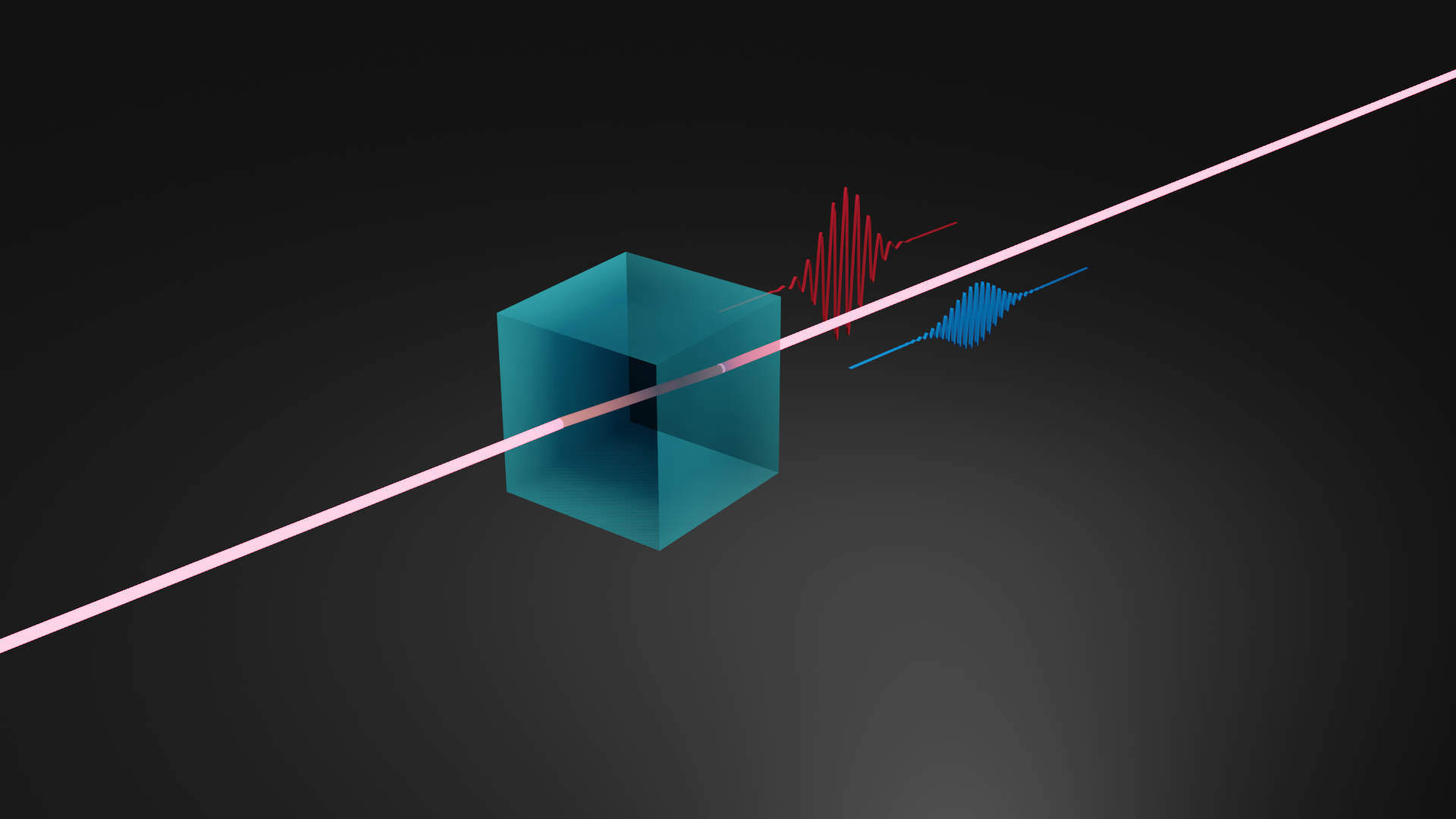 The Terahertz Spectroscopy and Nonlinear Optical Phenomena (TSNOP) research group was established with the aim of exploring and expanding the boundaries of optical sciences through terahertz technology and nonlinear optical phenomena. Located at the intersection of physics, engineering, and technology, this group was formed to address the growing need for advanced research capabilities in the manipulation and application of terahertz radiation—a segment of the electromagnetic spectrum that remains underutilized but holds significant potential for a variety of applications.
The Terahertz Spectroscopy and Nonlinear Optical Phenomena (TSNOP) research group was established with the aim of exploring and expanding the boundaries of optical sciences through terahertz technology and nonlinear optical phenomena. Located at the intersection of physics, engineering, and technology, this group was formed to address the growing need for advanced research capabilities in the manipulation and application of terahertz radiation—a segment of the electromagnetic spectrum that remains underutilized but holds significant potential for a variety of applications.
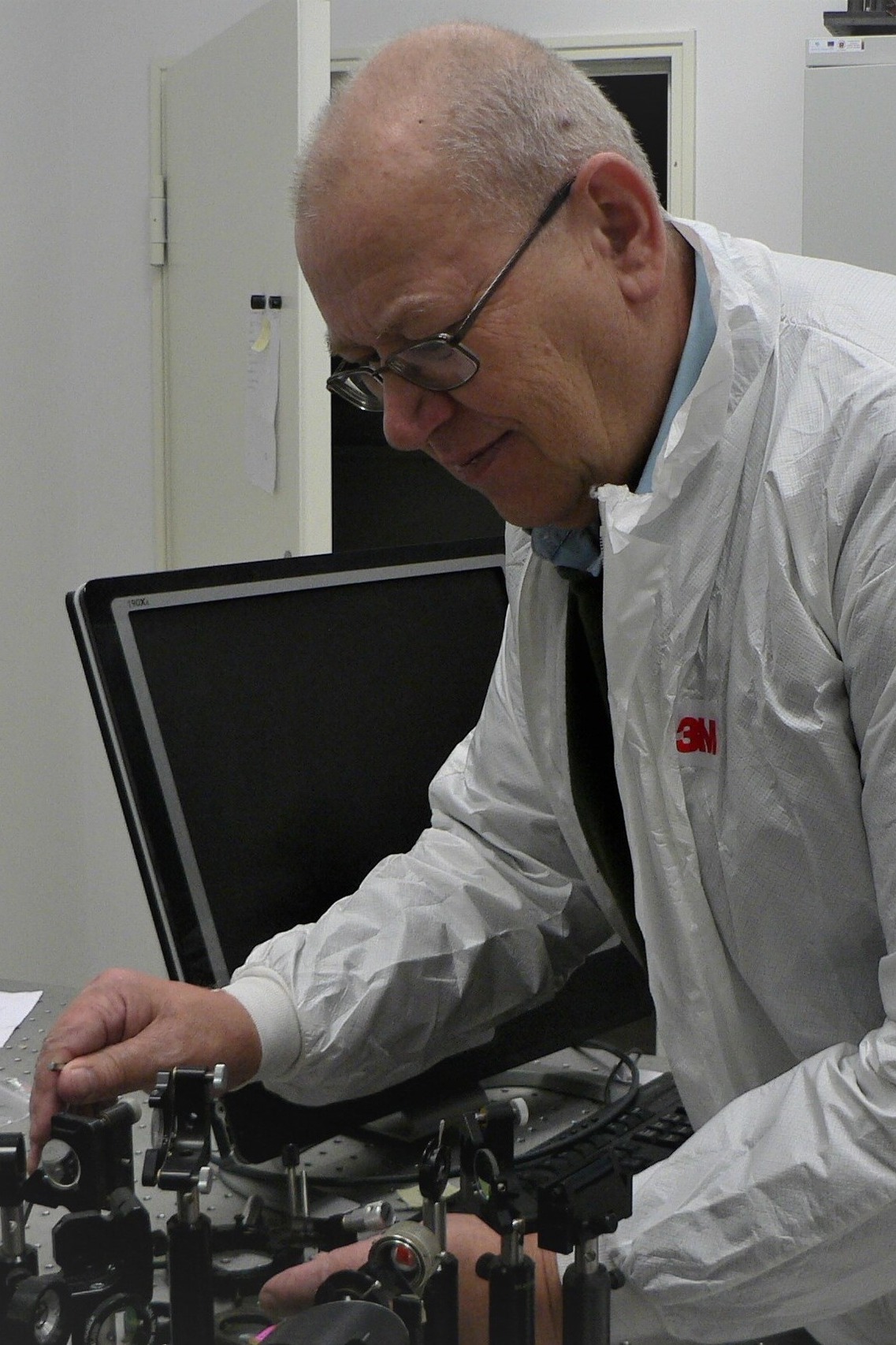

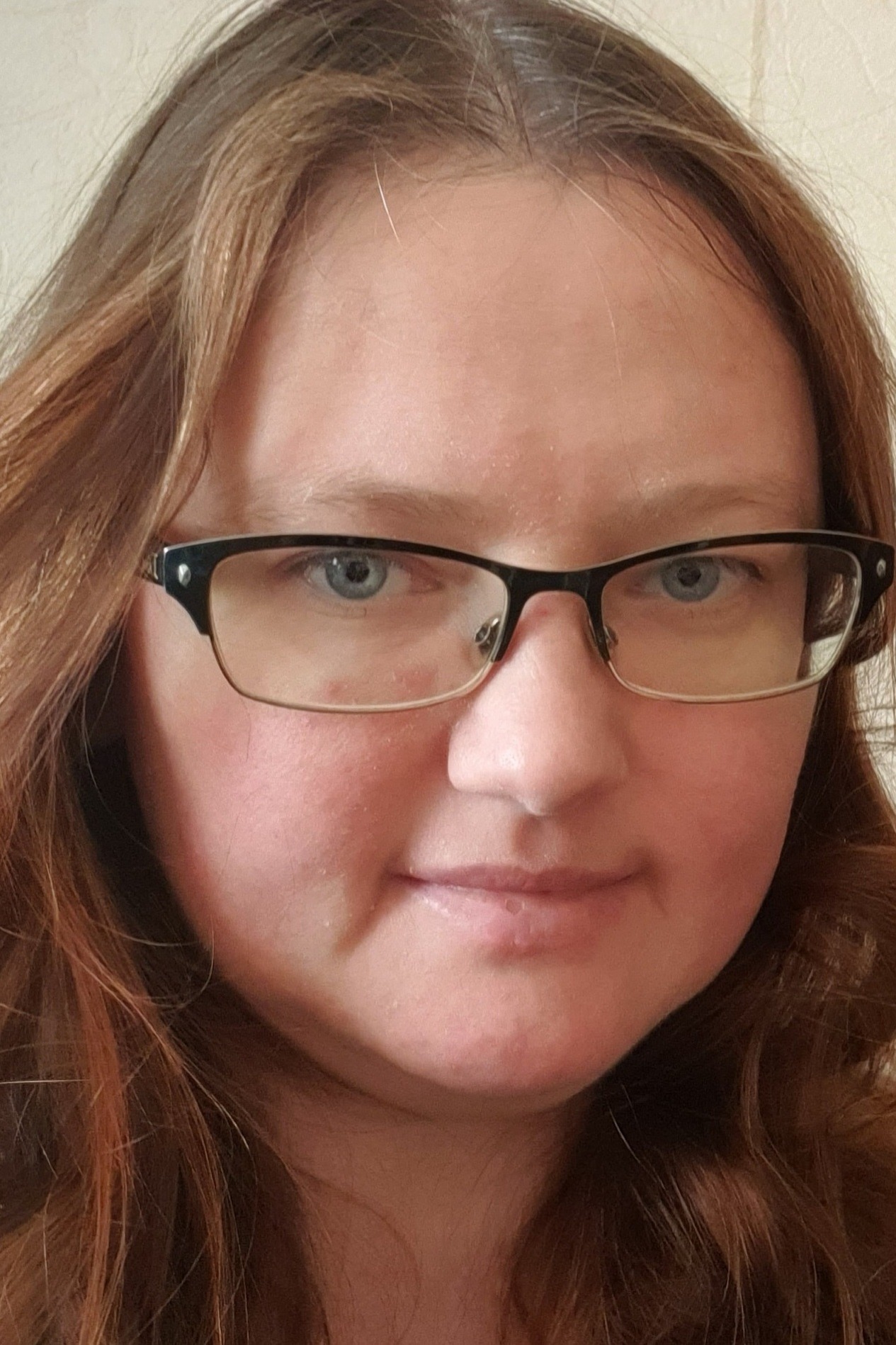
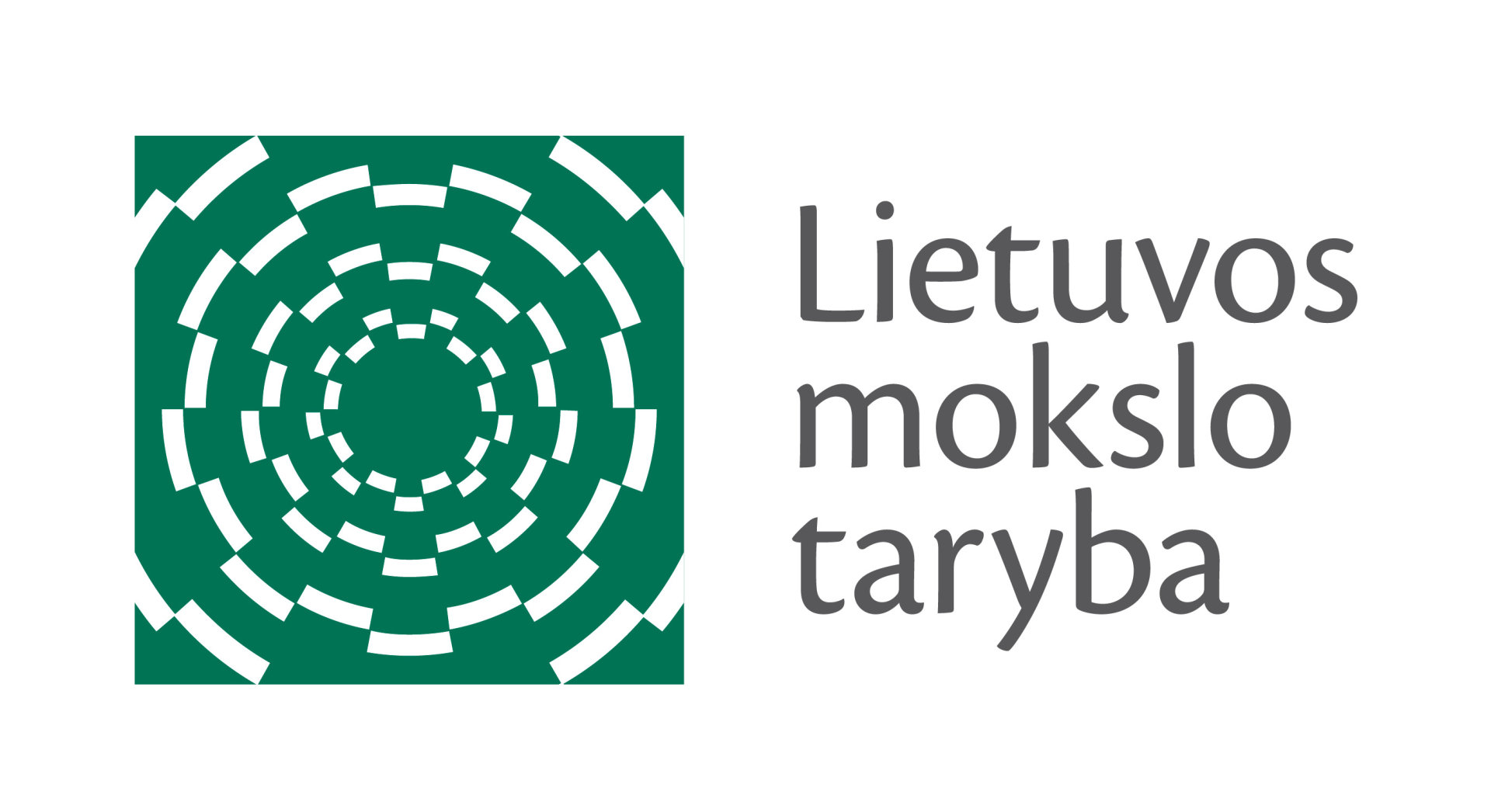
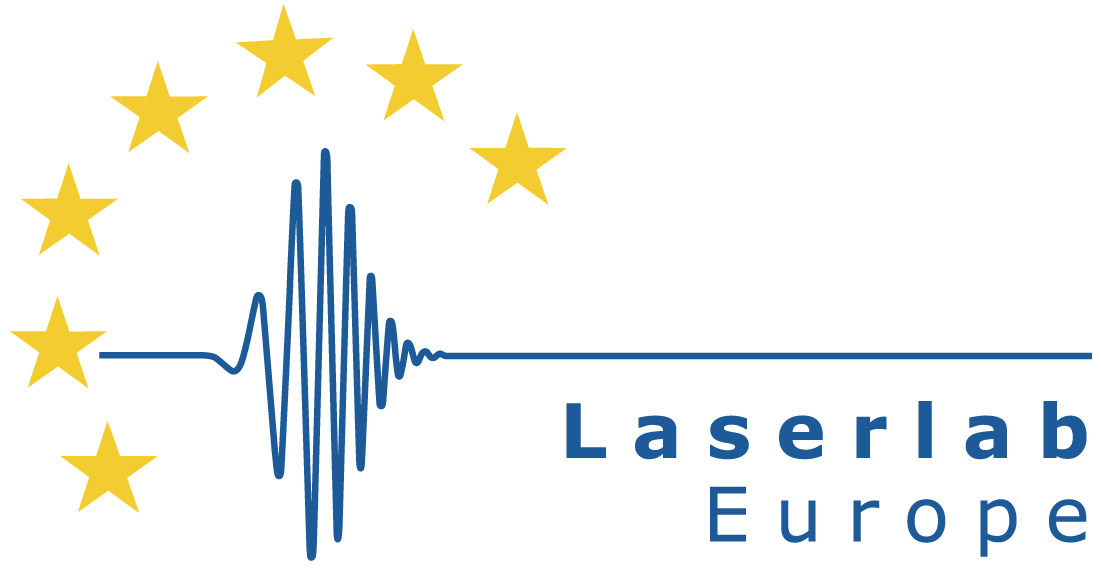
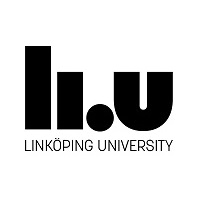
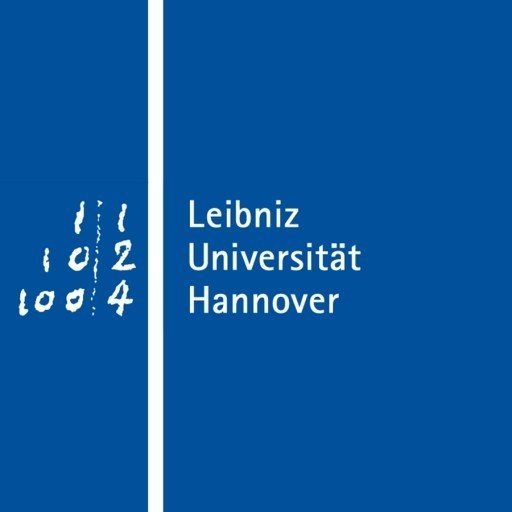
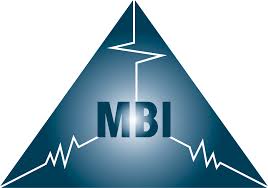
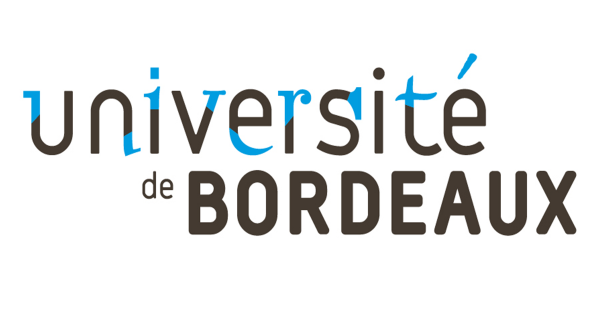
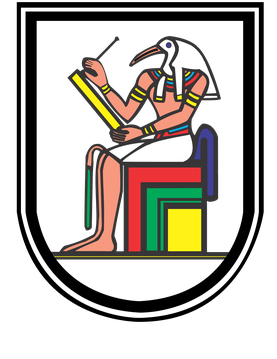

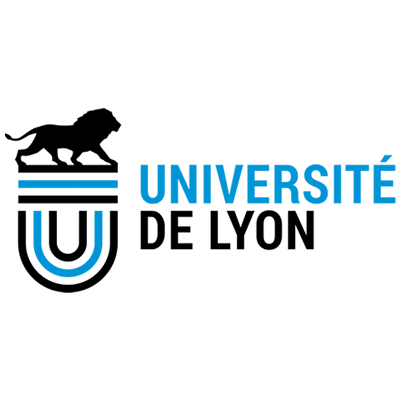
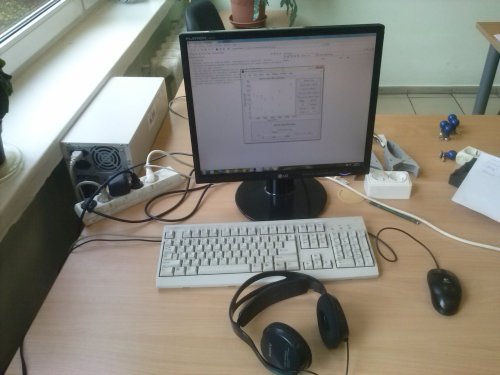
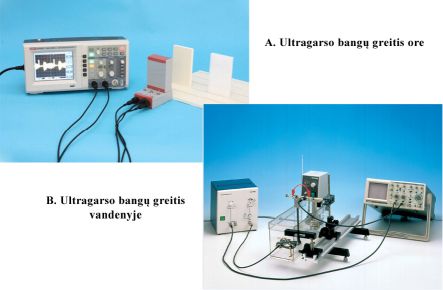
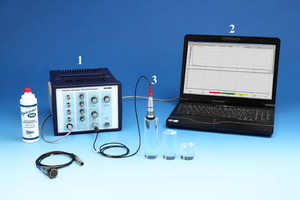
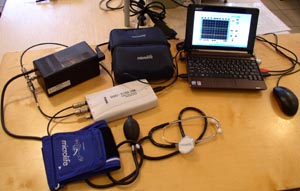

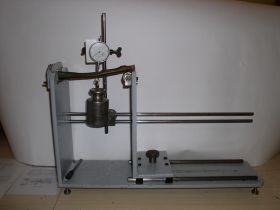
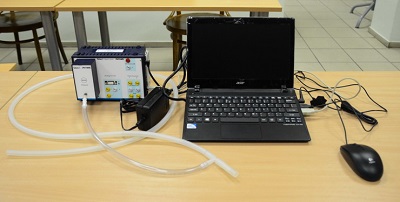

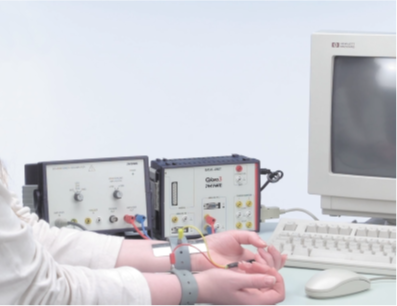
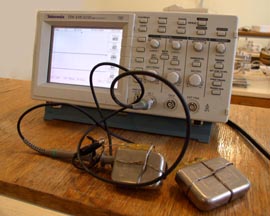
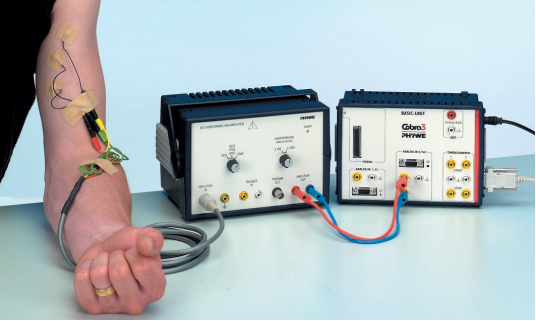
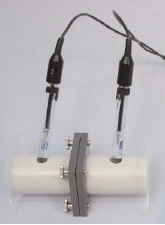
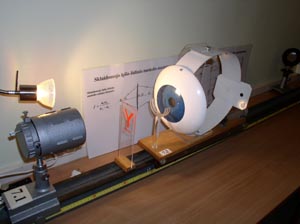
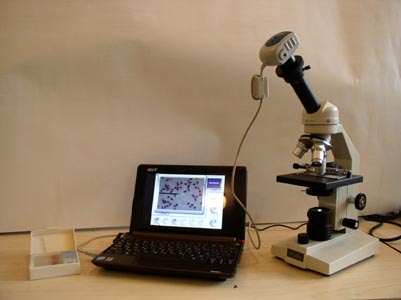
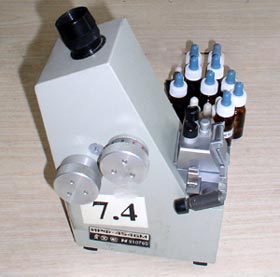
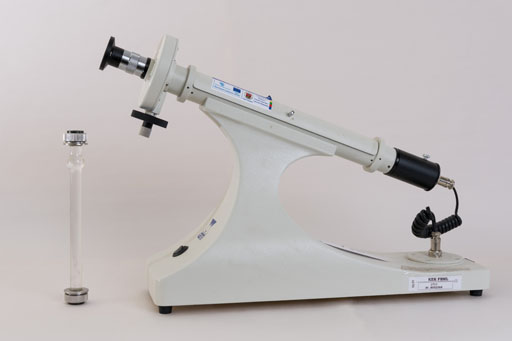
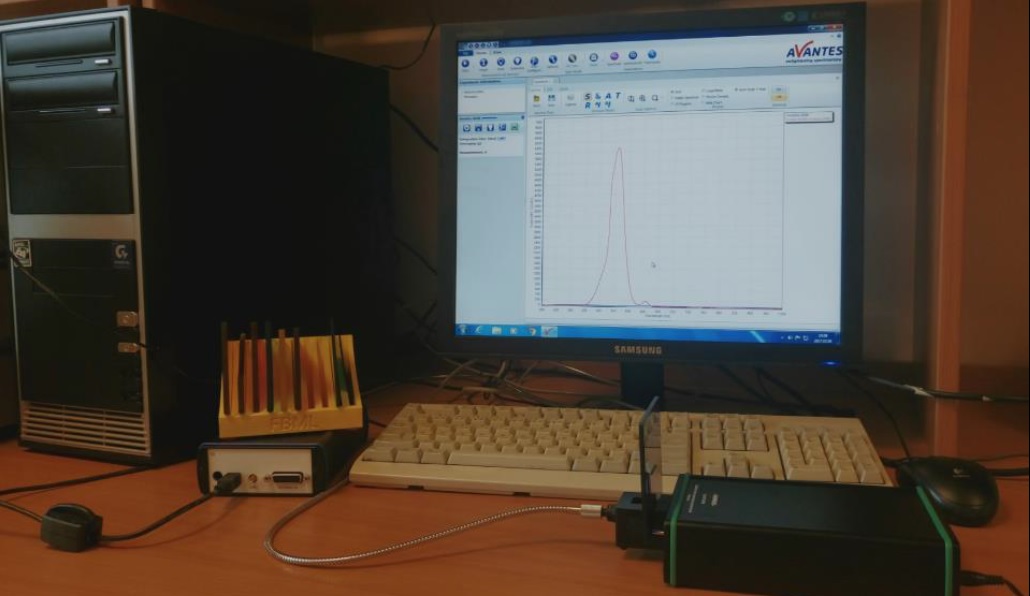
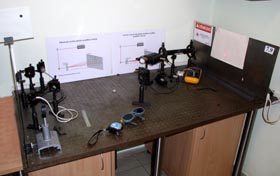
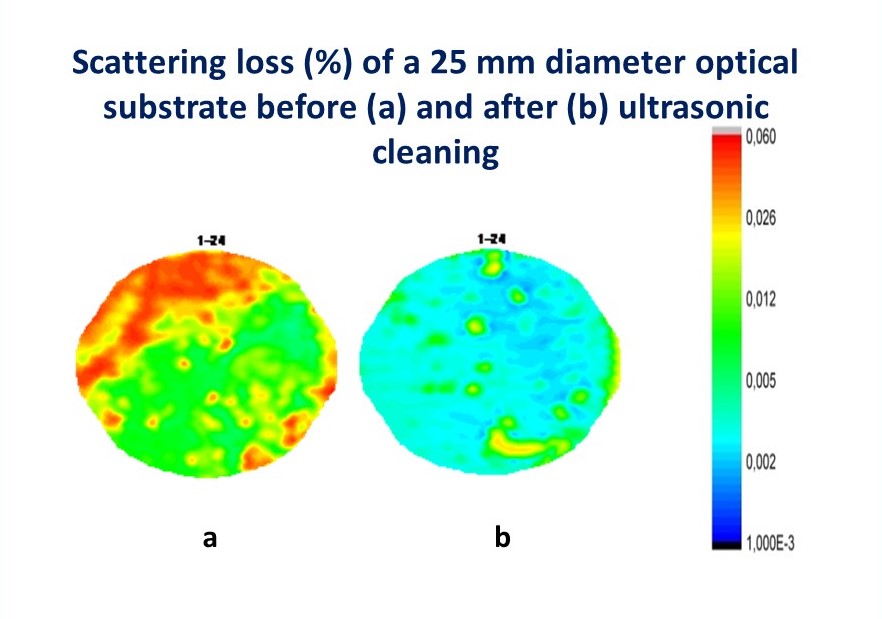
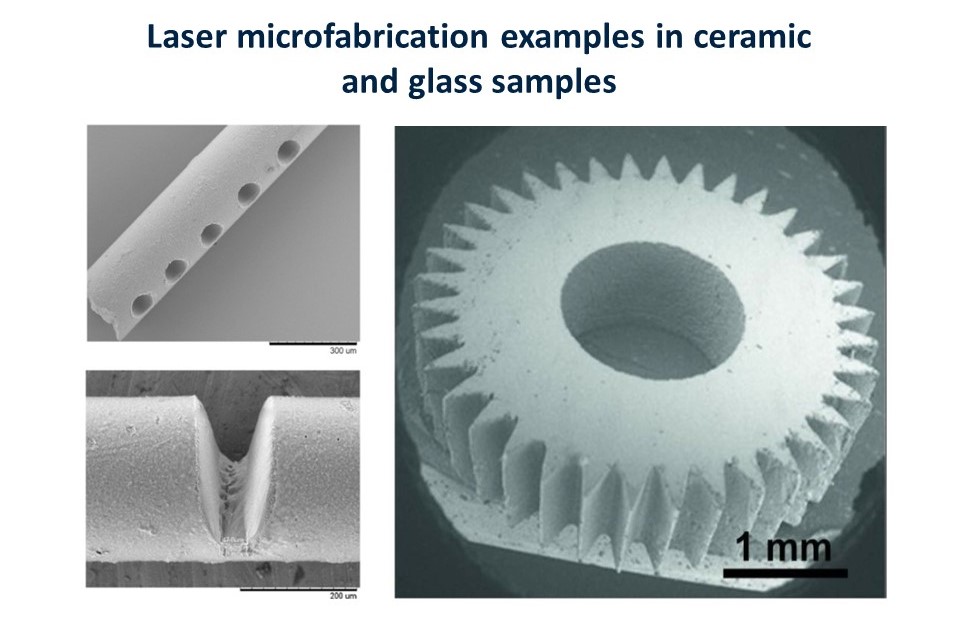
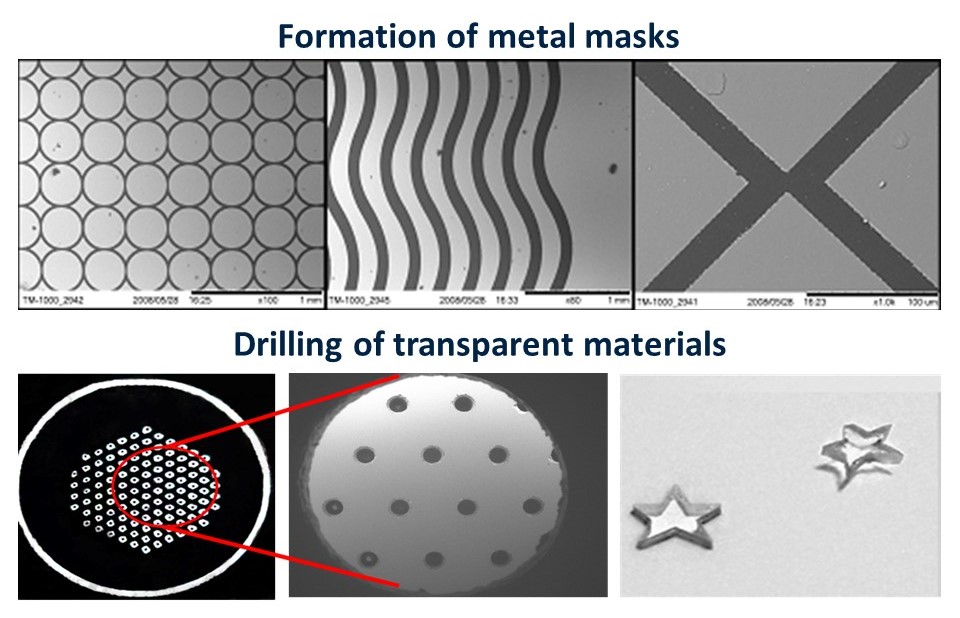
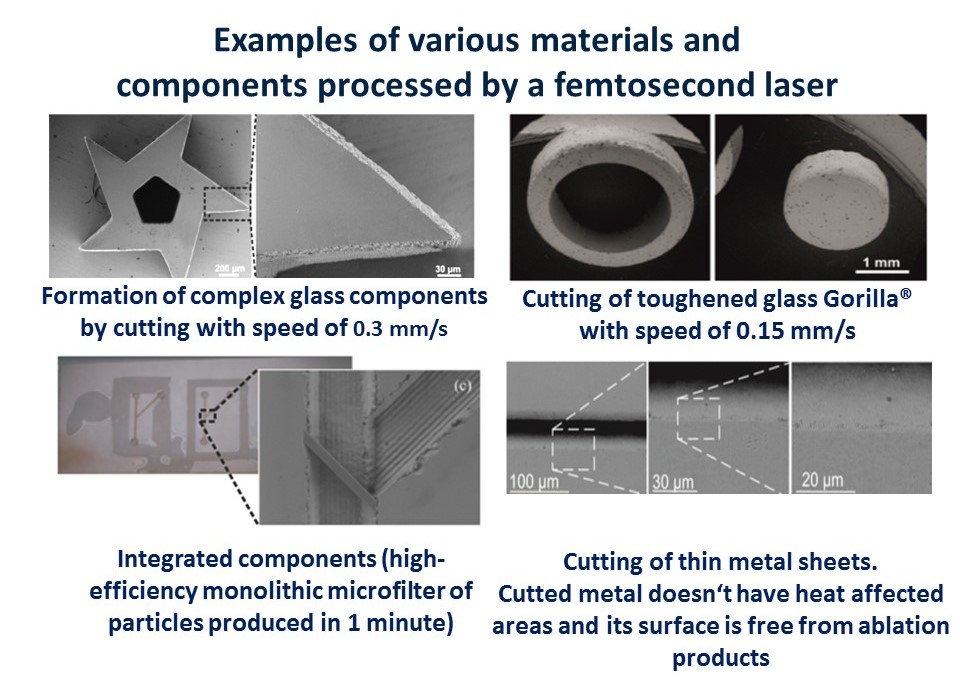
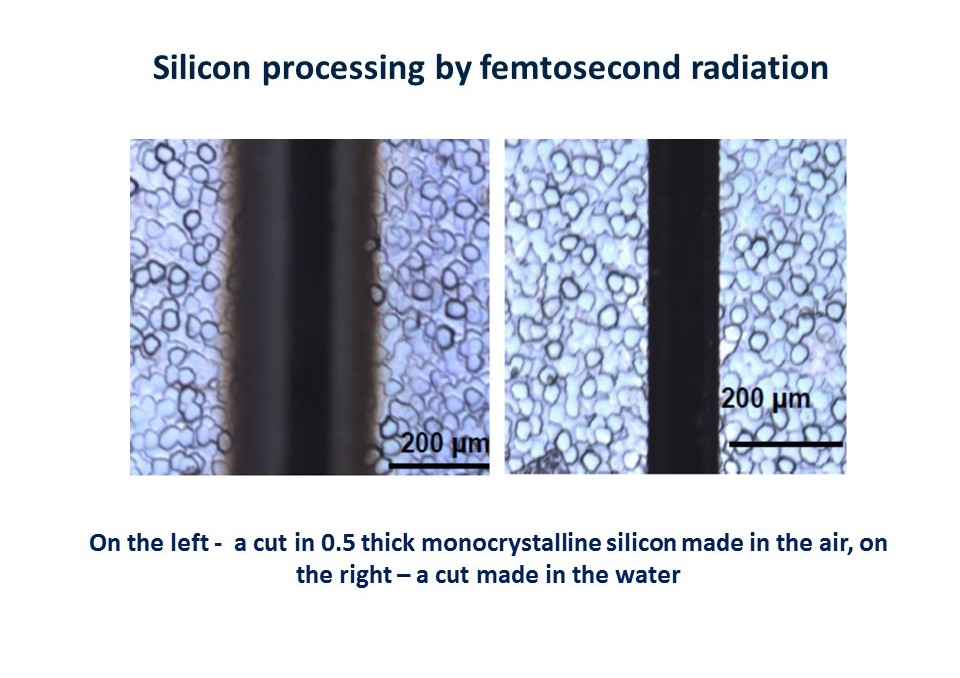
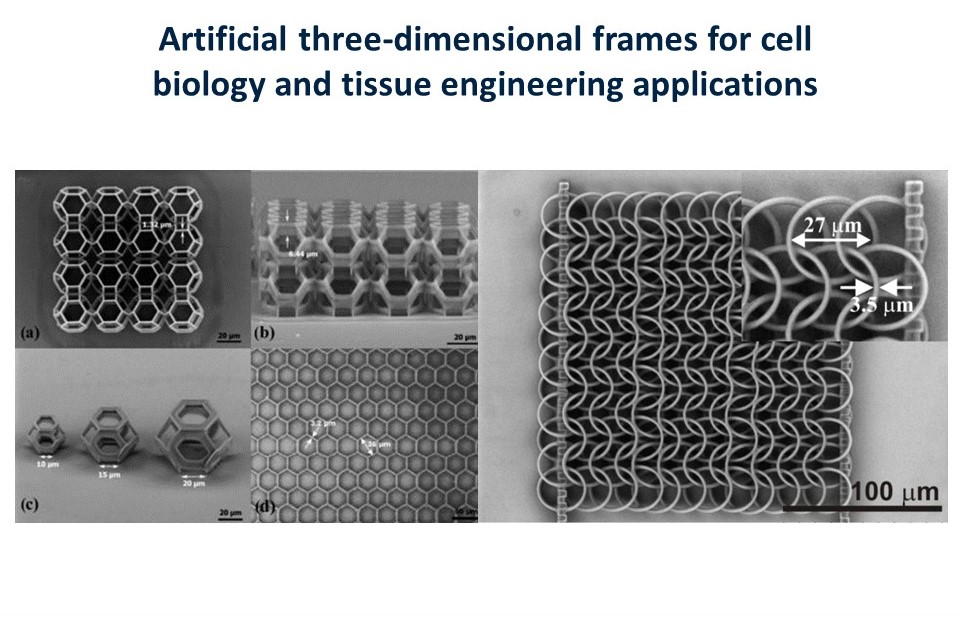
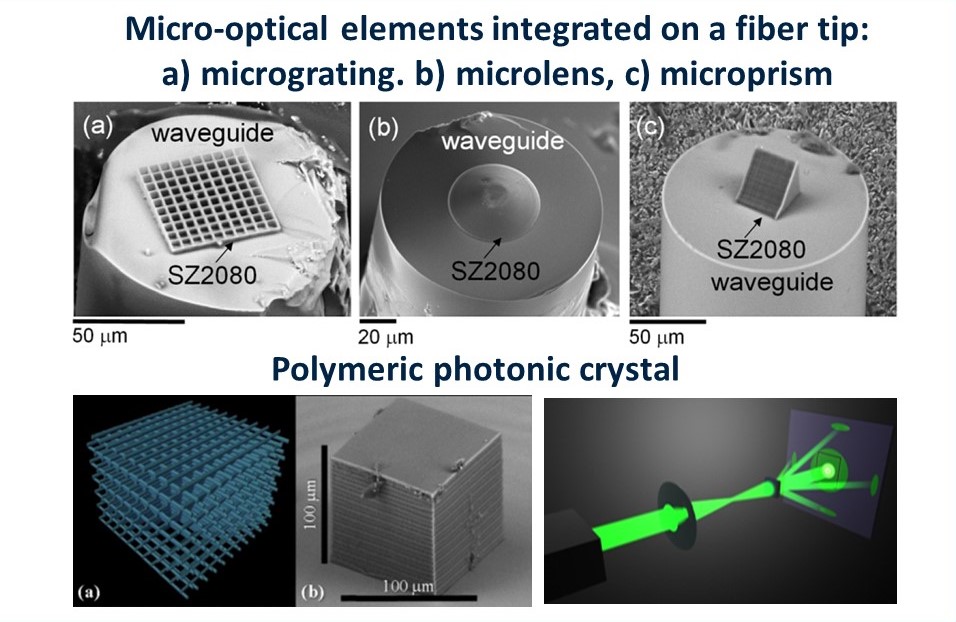

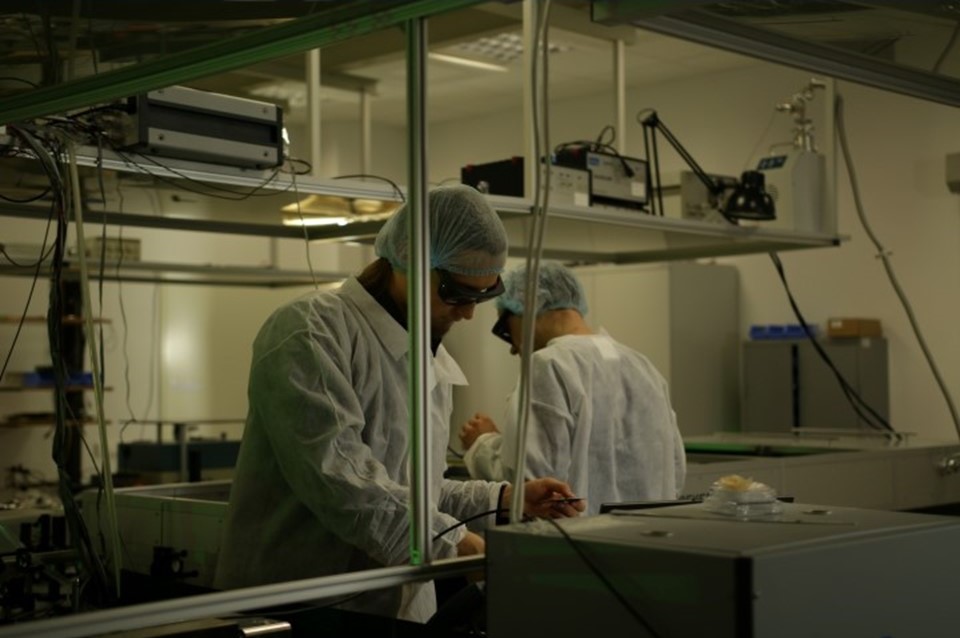
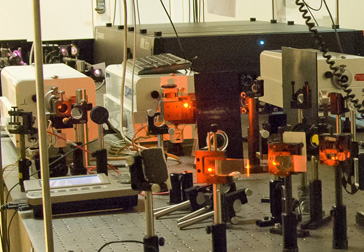
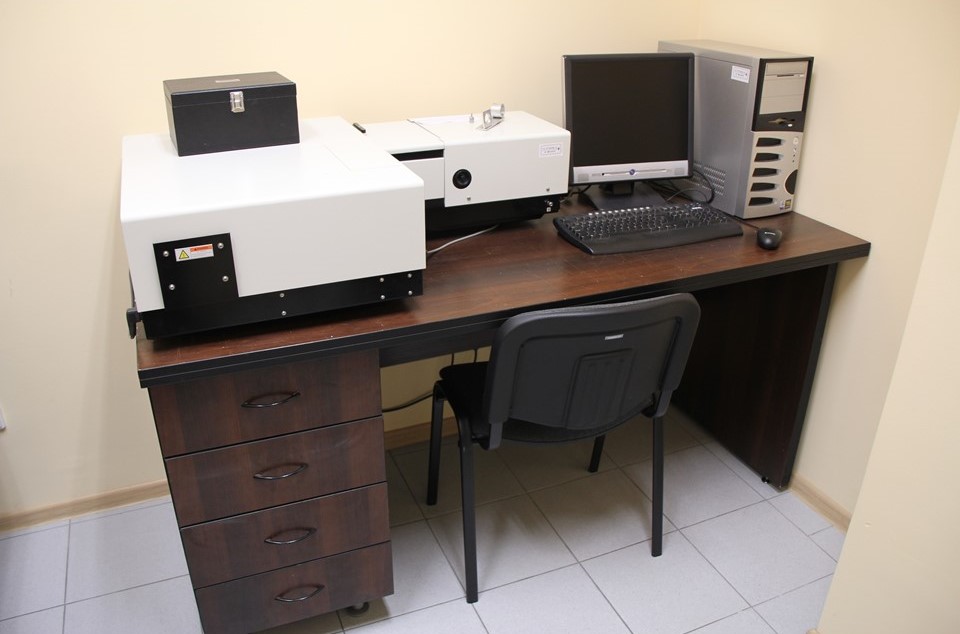
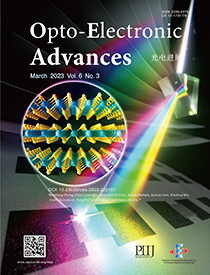 The generation of power- and wavelength-scalable few optical cycle pulses remains one of the major challenges in modern laser physics. Over the past decade, the development of table-top optical parametric chirped pulse amplification-based systems was progressing at amazing speed, demonstrating excellent performance characteristics in terms of pulse duration, energy, peak power and repetition rate, which place them at the front line of modern ultrafast laser technology. At present, table-top optical parametric chirped pulse amplifiers comprise a unique class of ultrafast light sources, which currently amplify octave-spanning spectra and produce carrier-envelope phase-stable, few optical cycle pulses with multi-gigawatt to multi-terawatt peak powers and multi-watt average powers, with carrier wavelengths spanning a considerable range of the optical spectrum.
The generation of power- and wavelength-scalable few optical cycle pulses remains one of the major challenges in modern laser physics. Over the past decade, the development of table-top optical parametric chirped pulse amplification-based systems was progressing at amazing speed, demonstrating excellent performance characteristics in terms of pulse duration, energy, peak power and repetition rate, which place them at the front line of modern ultrafast laser technology. At present, table-top optical parametric chirped pulse amplifiers comprise a unique class of ultrafast light sources, which currently amplify octave-spanning spectra and produce carrier-envelope phase-stable, few optical cycle pulses with multi-gigawatt to multi-terawatt peak powers and multi-watt average powers, with carrier wavelengths spanning a considerable range of the optical spectrum.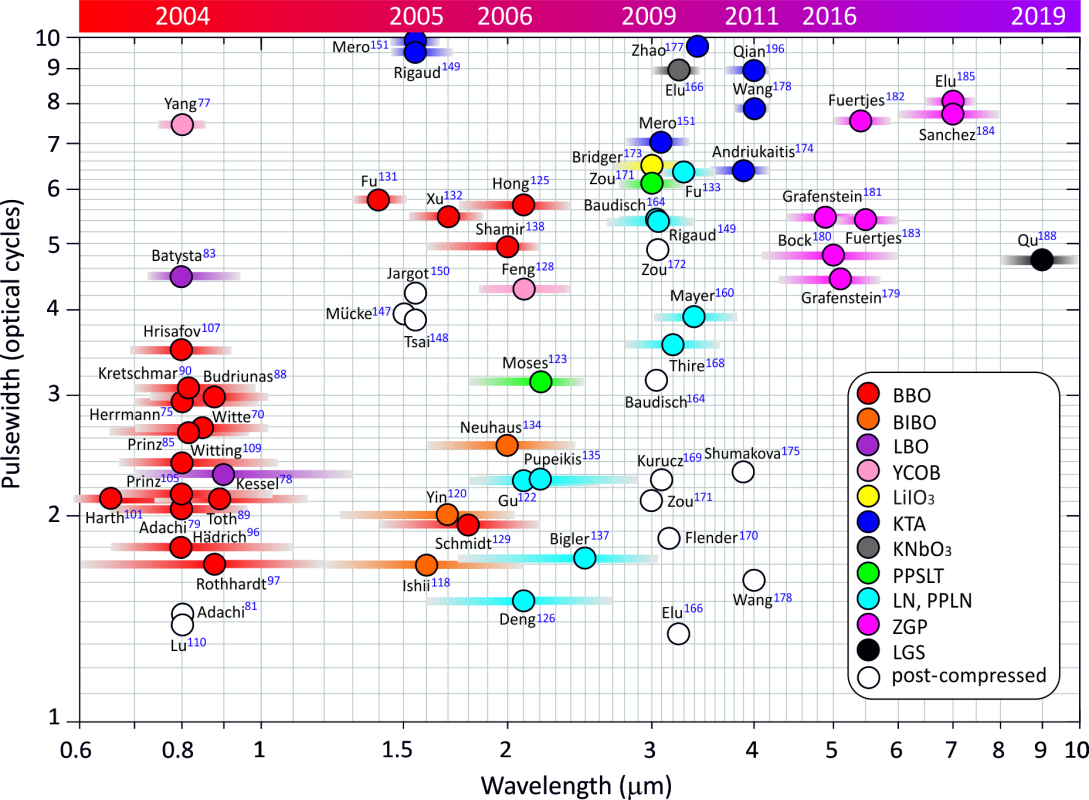
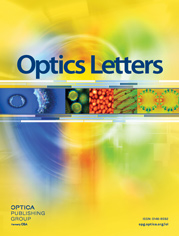
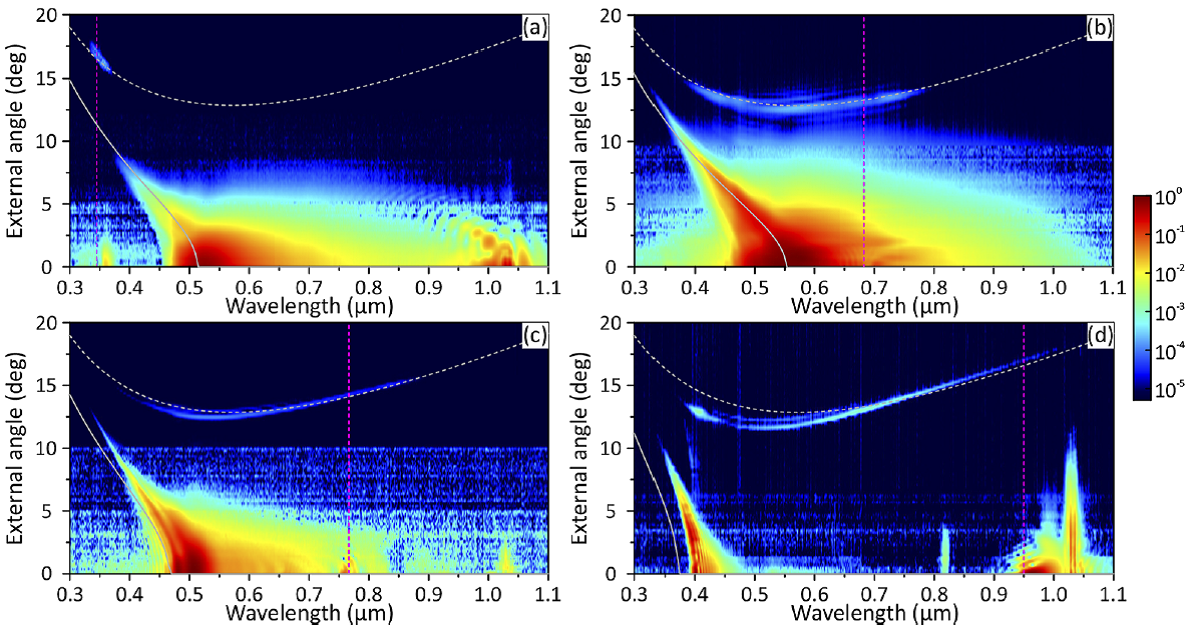 ent-inscribed nanograting. The nanograting provides an octave-spanning phase-matching bandwidth, as attested by the measurements of the angle-resolved spectra of broadband conical third harmonic emission.
ent-inscribed nanograting. The nanograting provides an octave-spanning phase-matching bandwidth, as attested by the measurements of the angle-resolved spectra of broadband conical third harmonic emission.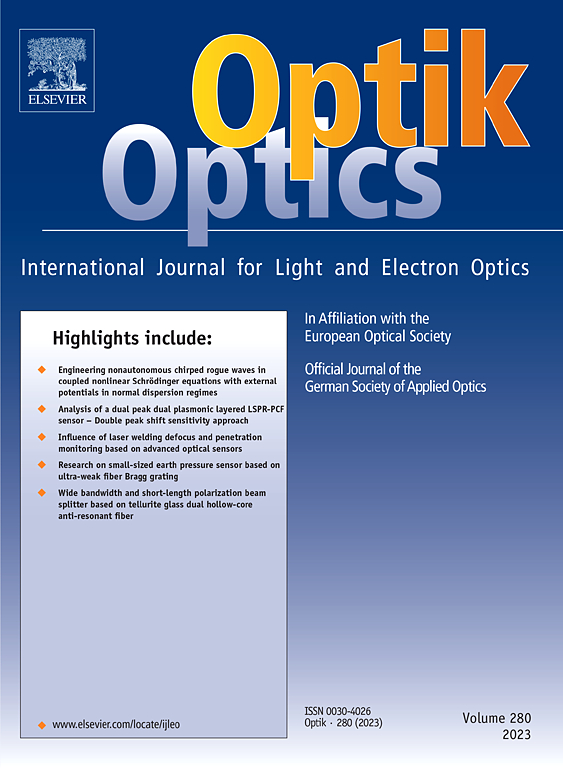
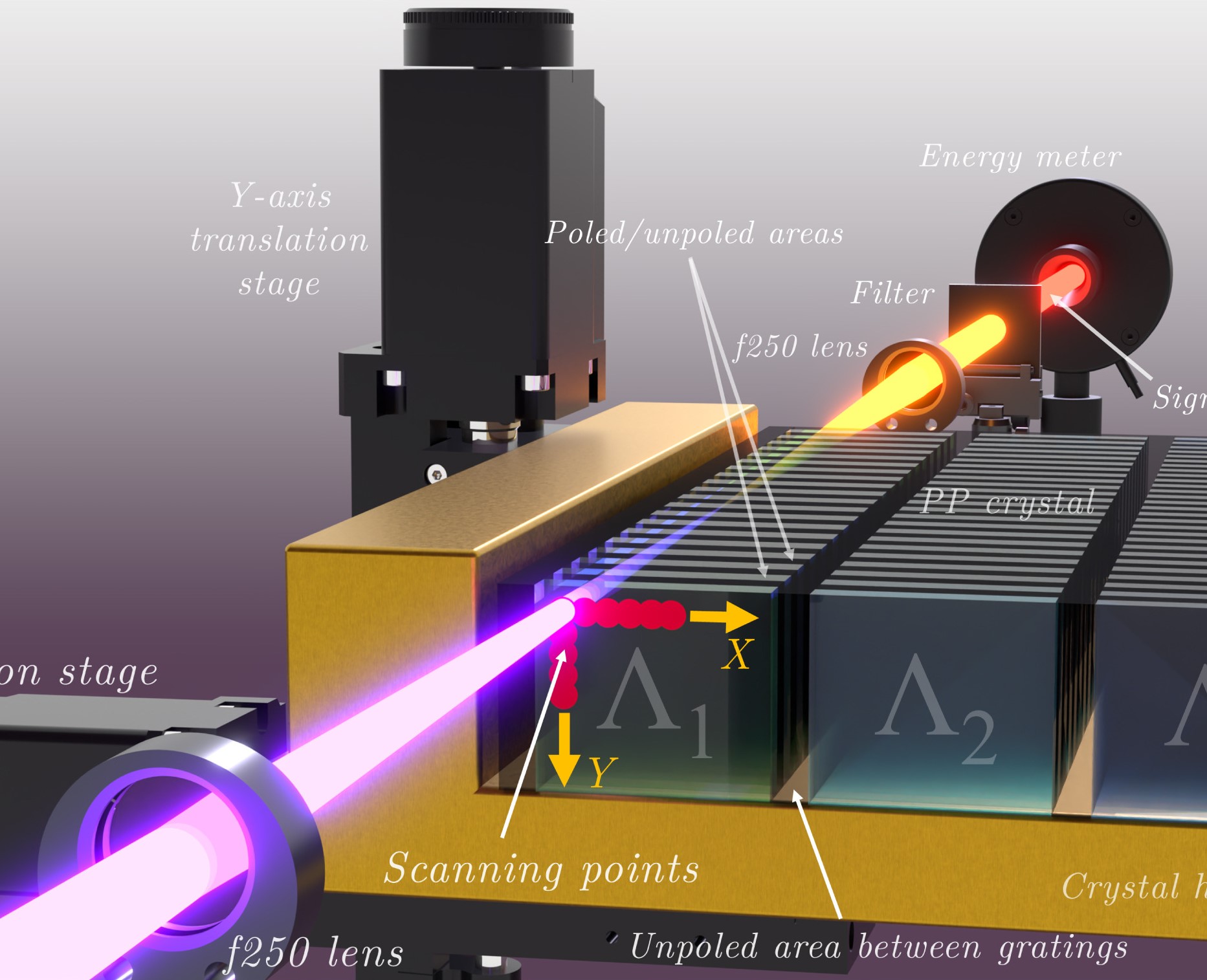 generator setup. This technique allowed us to investigate and quantitatively describe the ferroelectric domain structure homogeneity of the periodically poled lithium niobate and potassium titanyl phosphate crystals with single, multi, and fan-out grating designs and offers a practicable overall efficiency assessment of the quasi-phase-matched device.
generator setup. This technique allowed us to investigate and quantitatively describe the ferroelectric domain structure homogeneity of the periodically poled lithium niobate and potassium titanyl phosphate crystals with single, multi, and fan-out grating designs and offers a practicable overall efficiency assessment of the quasi-phase-matched device.